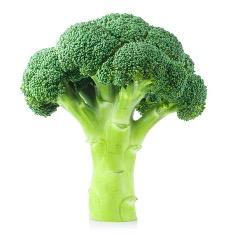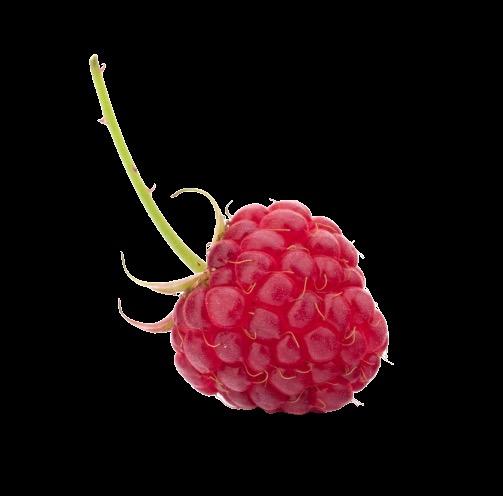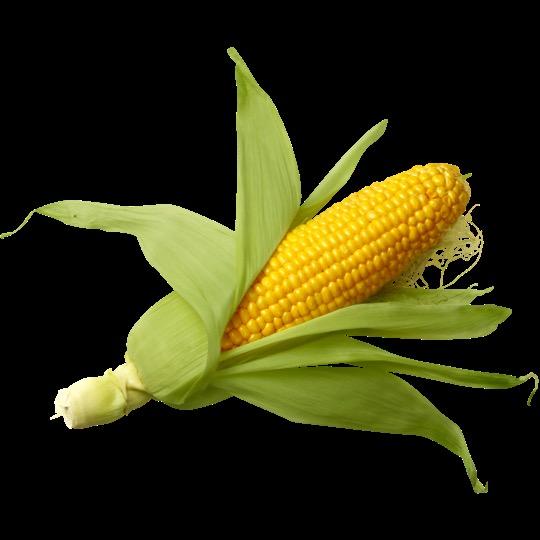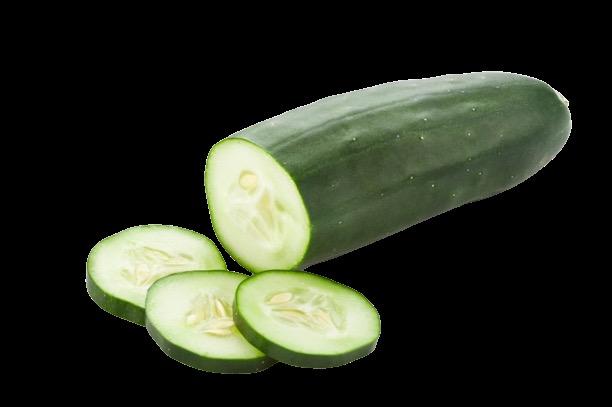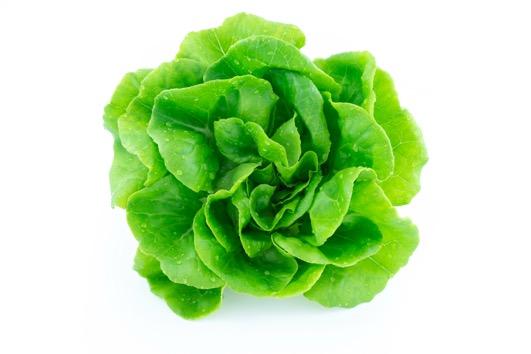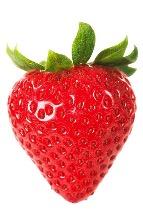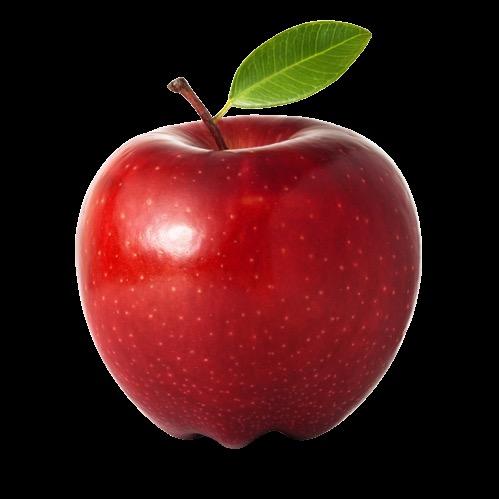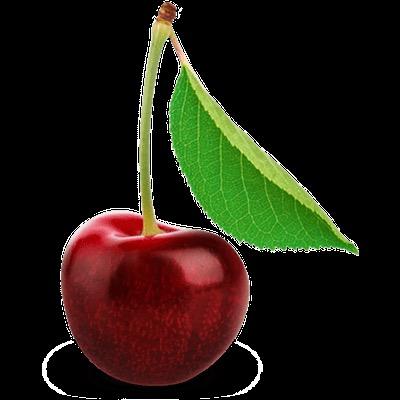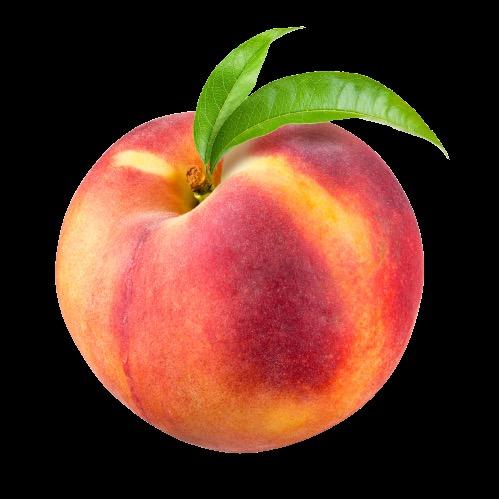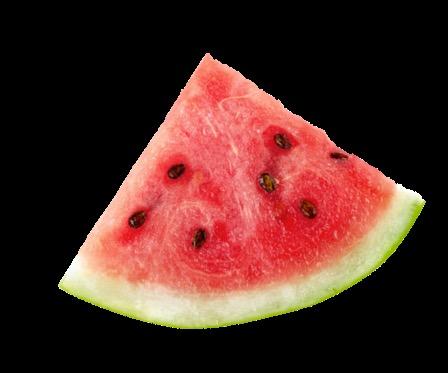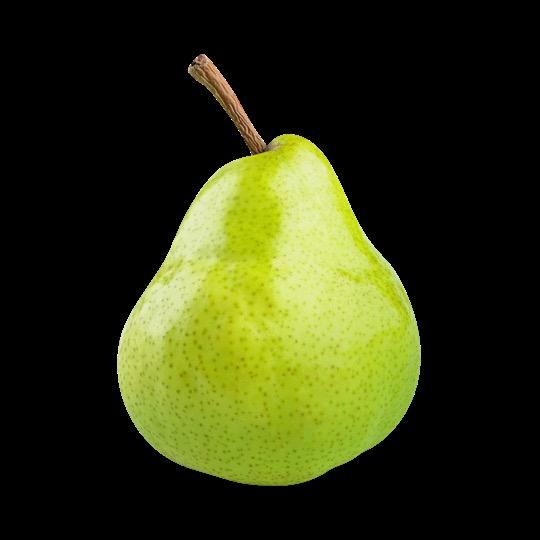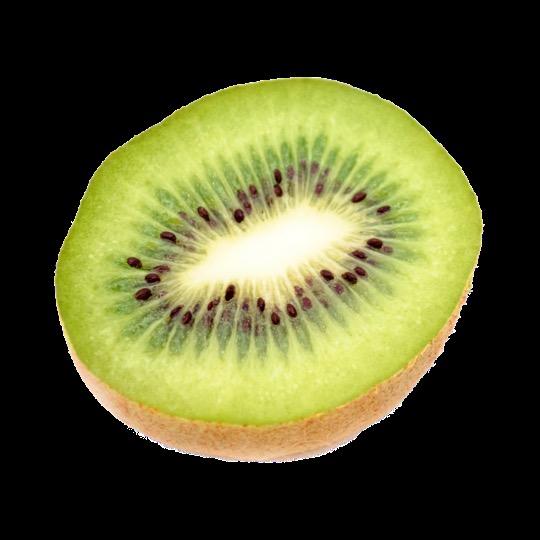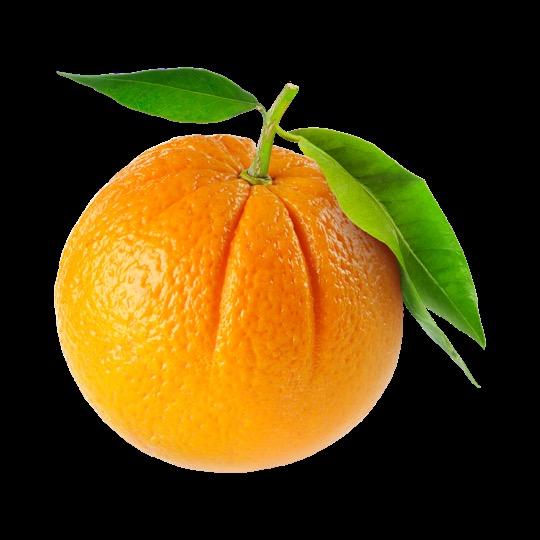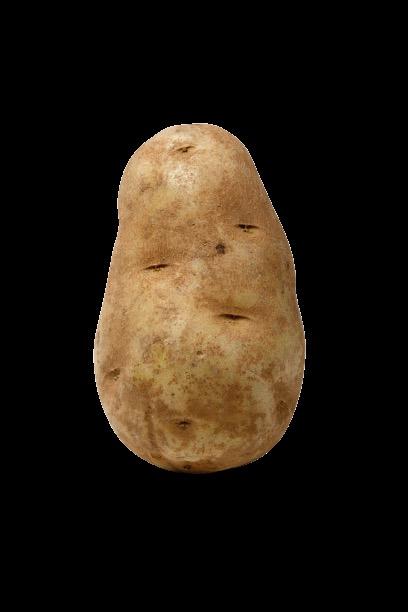2024/2025 EDITION



2024/2025 EDITION


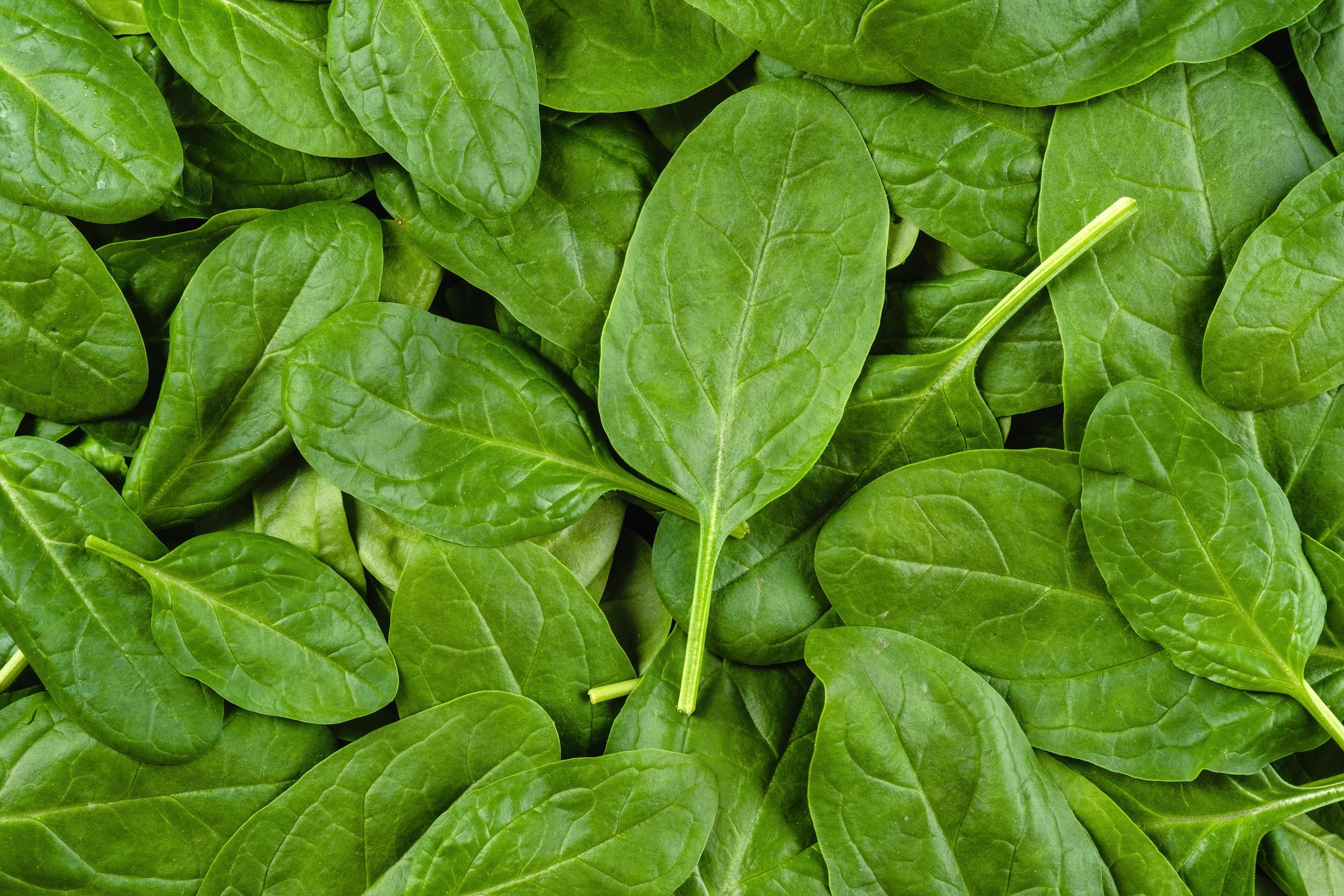

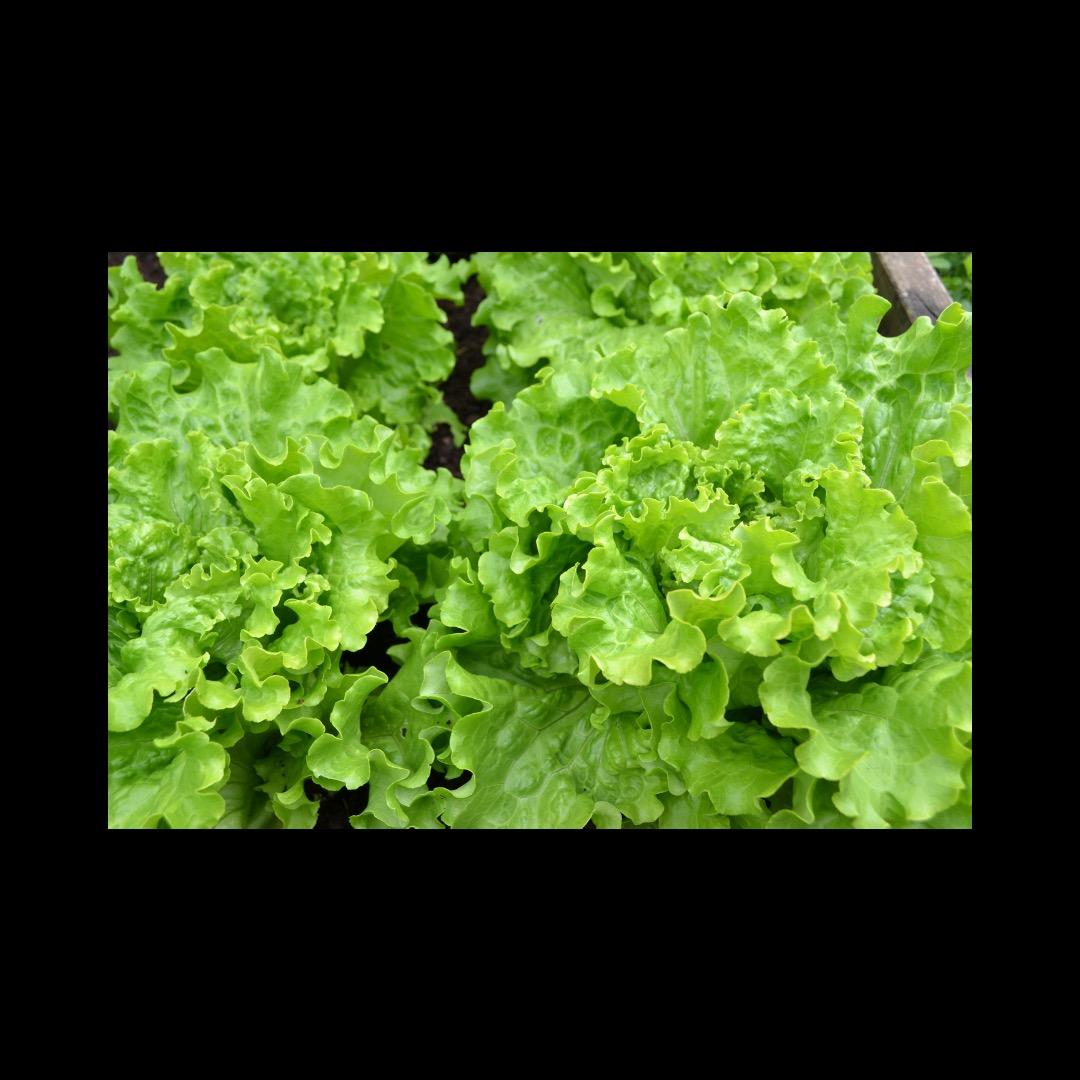
D I G I T A L M A G A Z I N E E N R I C H M E N T
C elebratin g local food, local farmers & nutrition education!

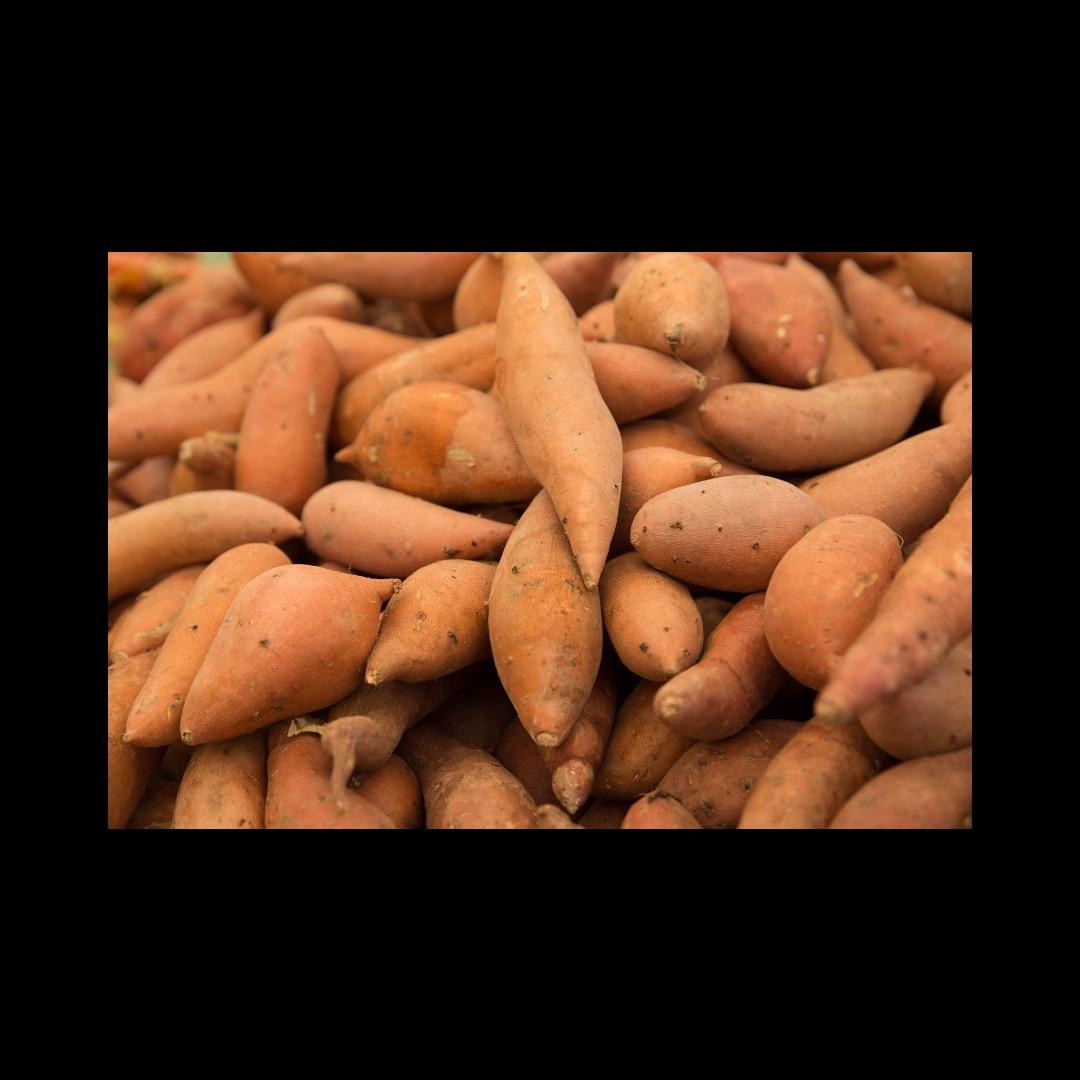
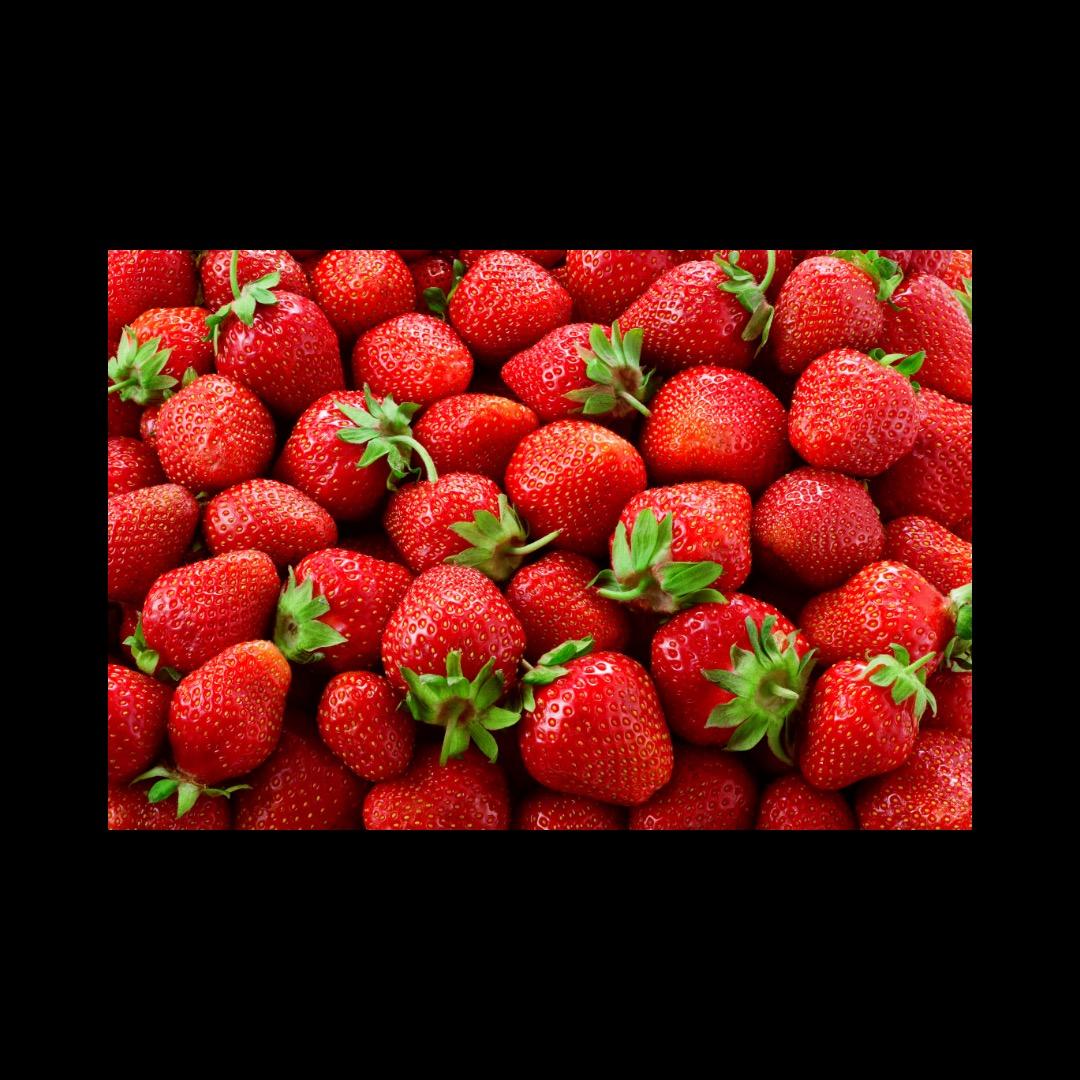
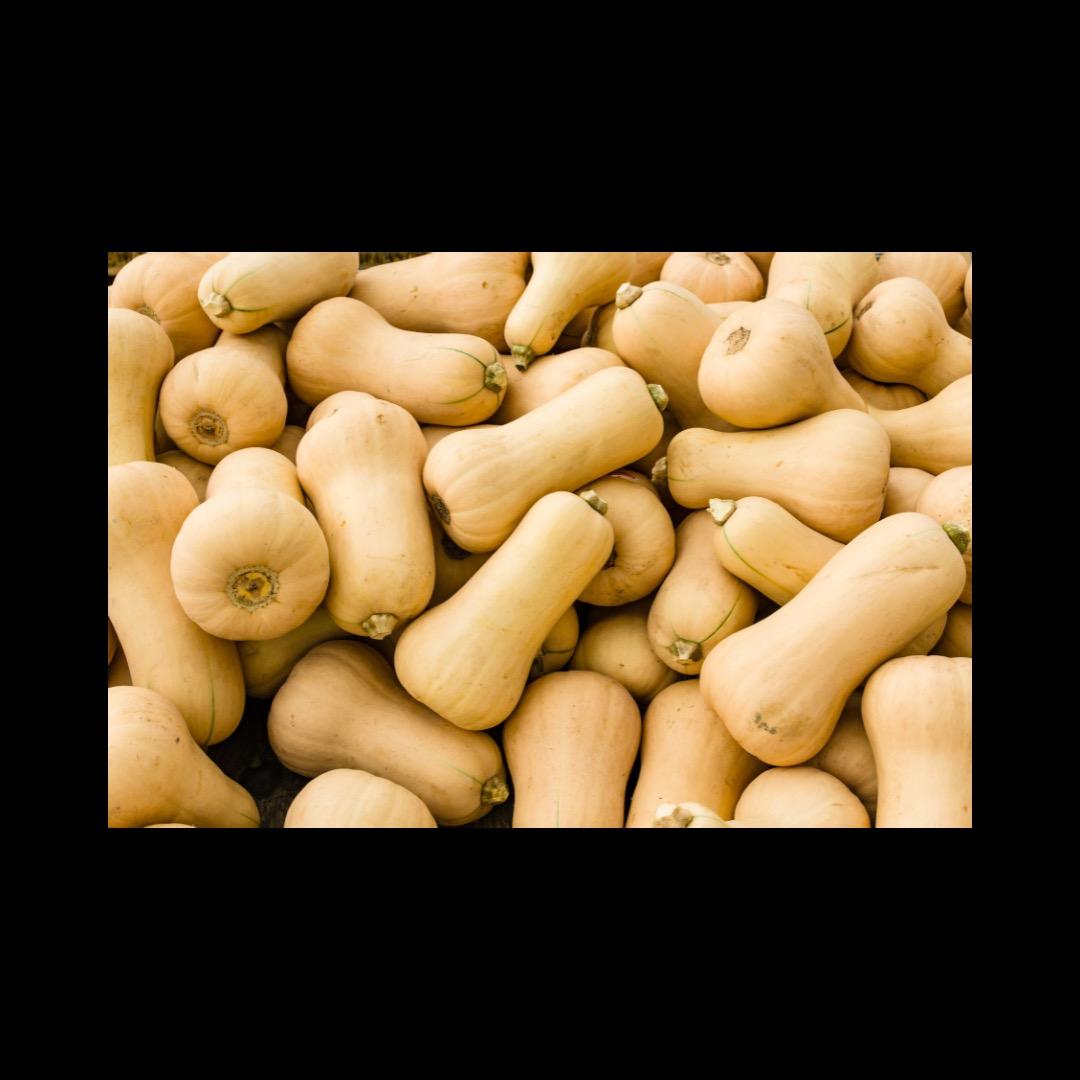

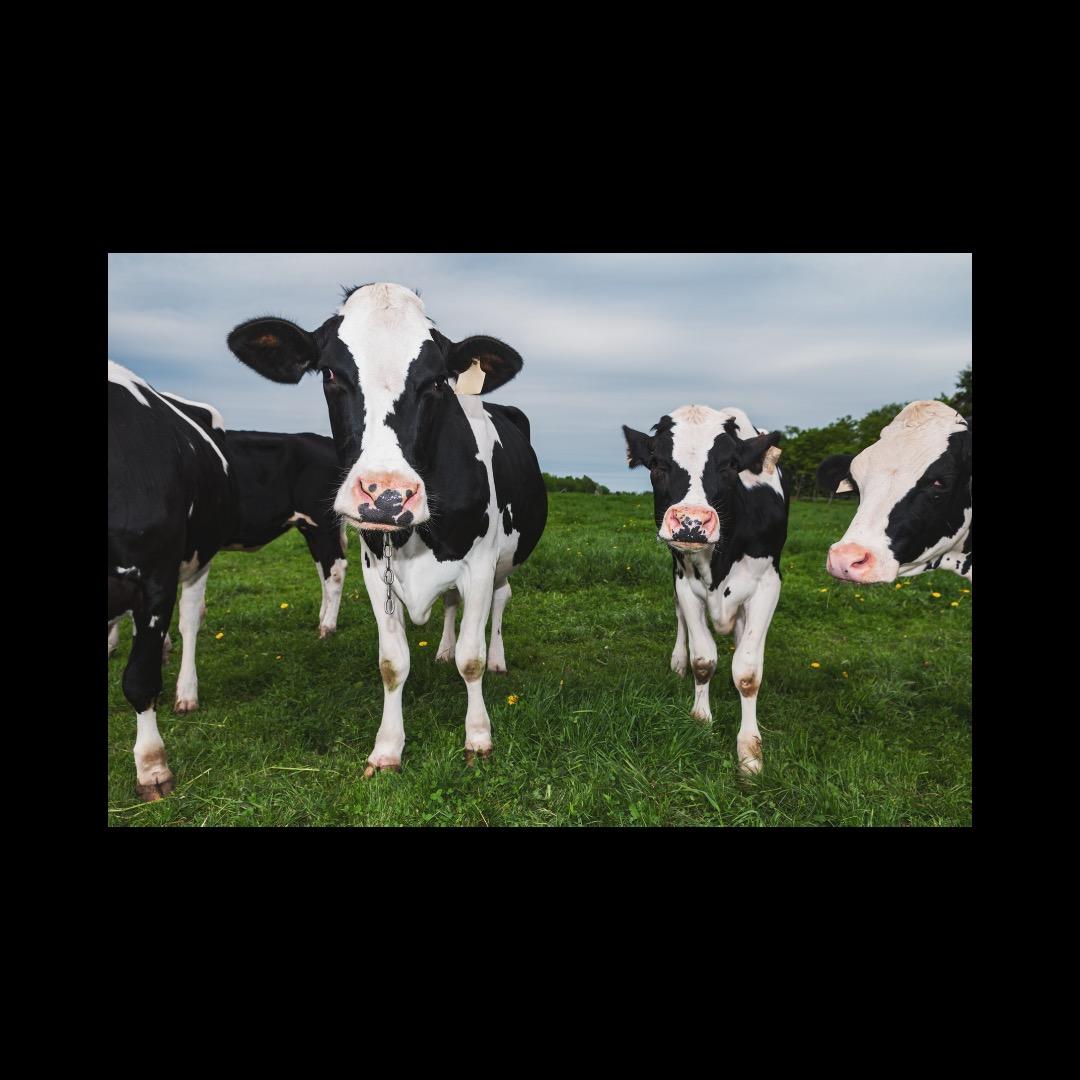


Norfolk Public Schools Nutrition Department is proud to be participating in Farm To Student serving healthy foods & prompting the importance of nutrition education!

Norfolk Public Schools’ Wellness Policy

C elebratin g local food, local farmers & nutrition education!
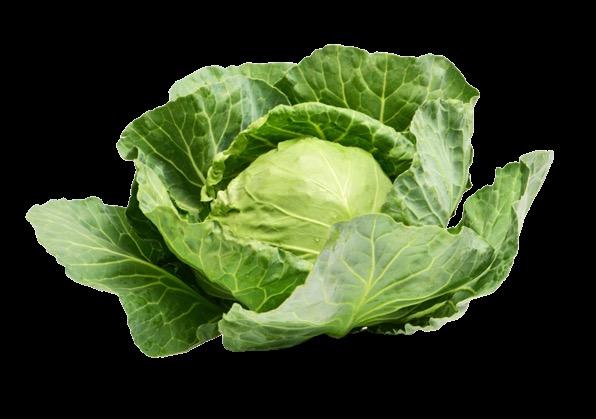
November
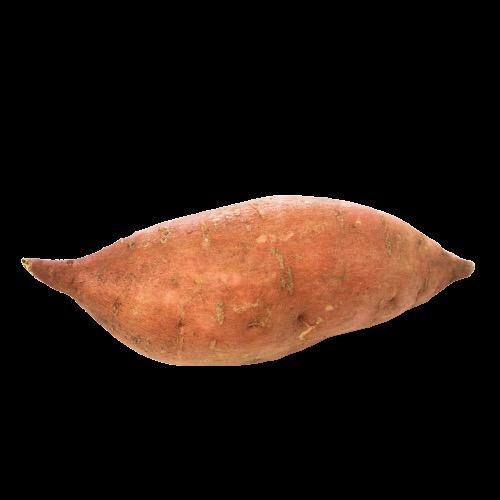
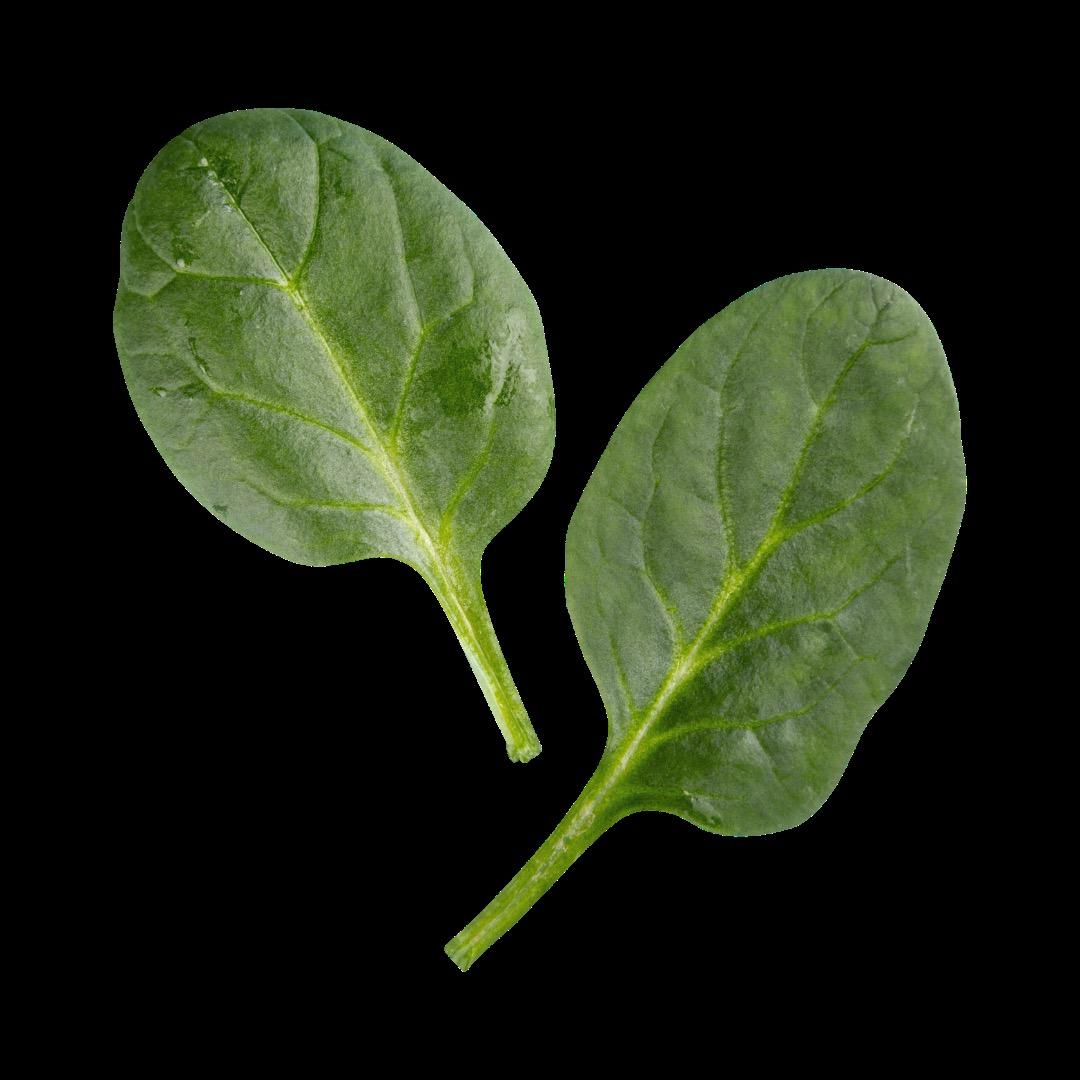
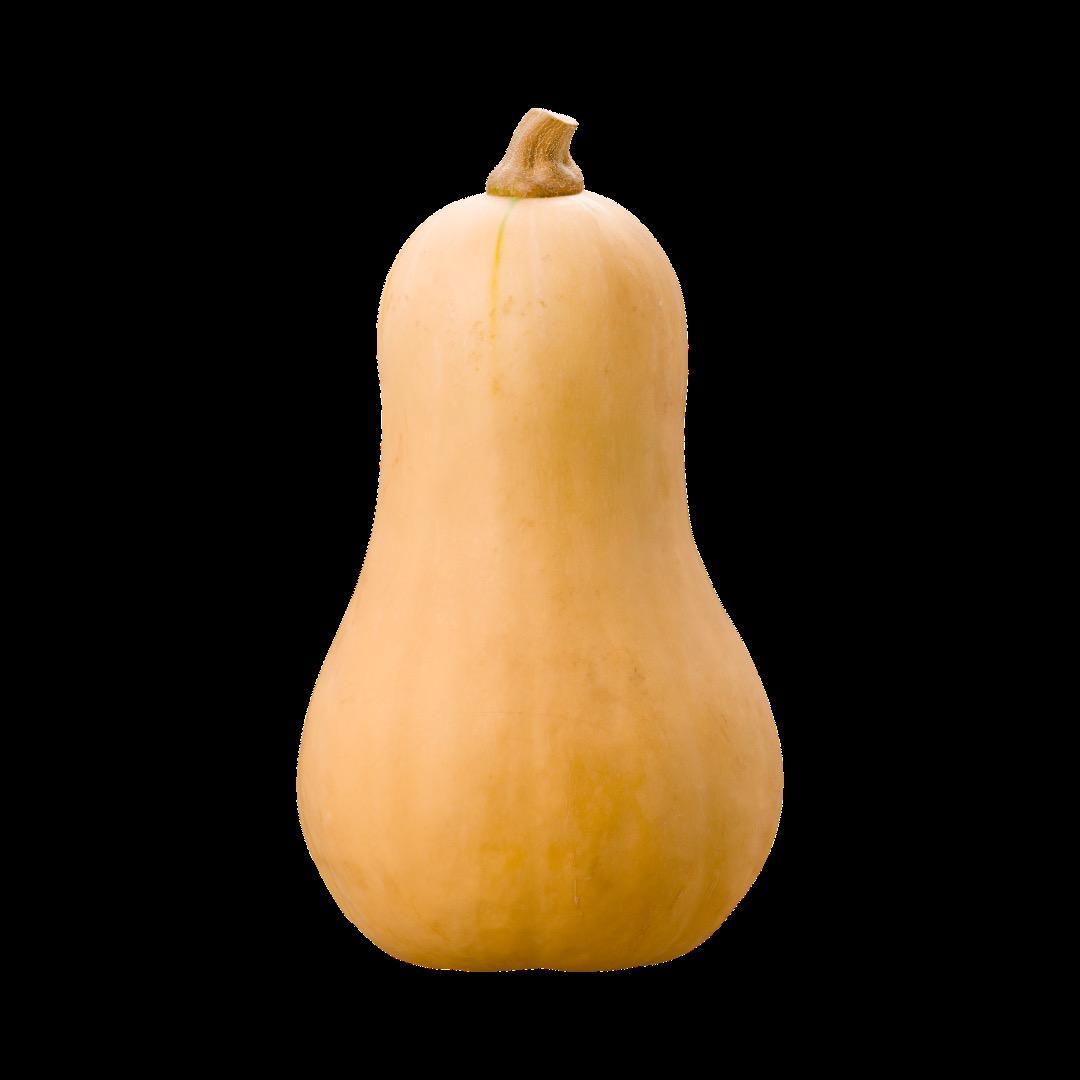
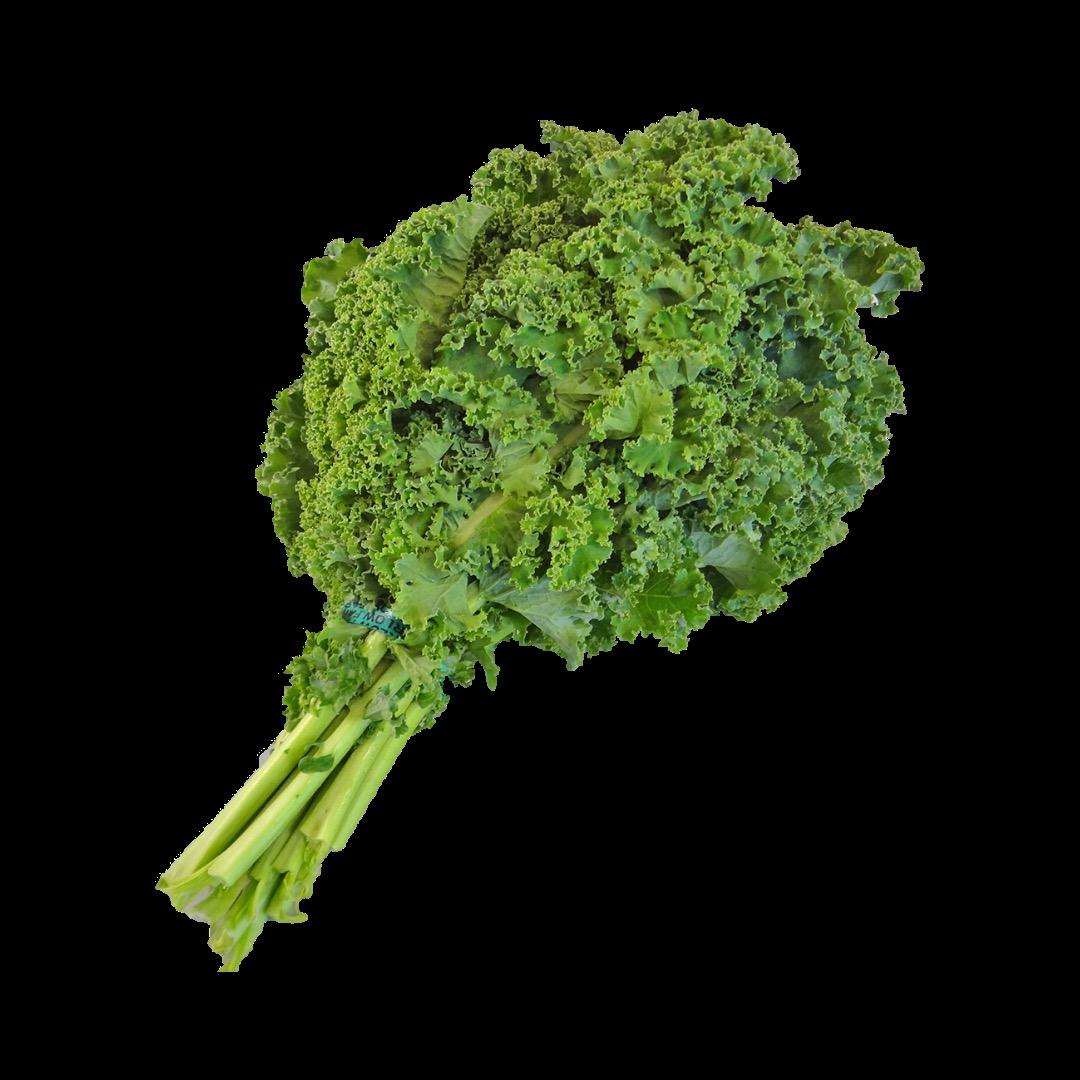

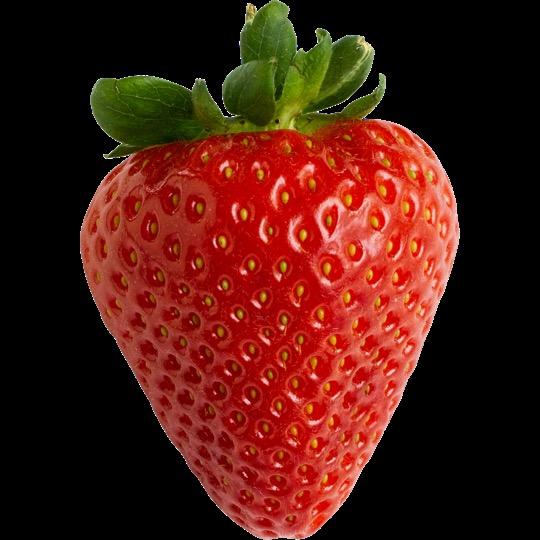



Cabbage is a type of cruciferous vegetable.
Cabbage is closely related to other cruciferous vegetables like broccoli, kale & cauliflower.
Cabbage has been harvested for over 6,000 years making it one of the OLDEST vegetables in existence.


6 feet tall.


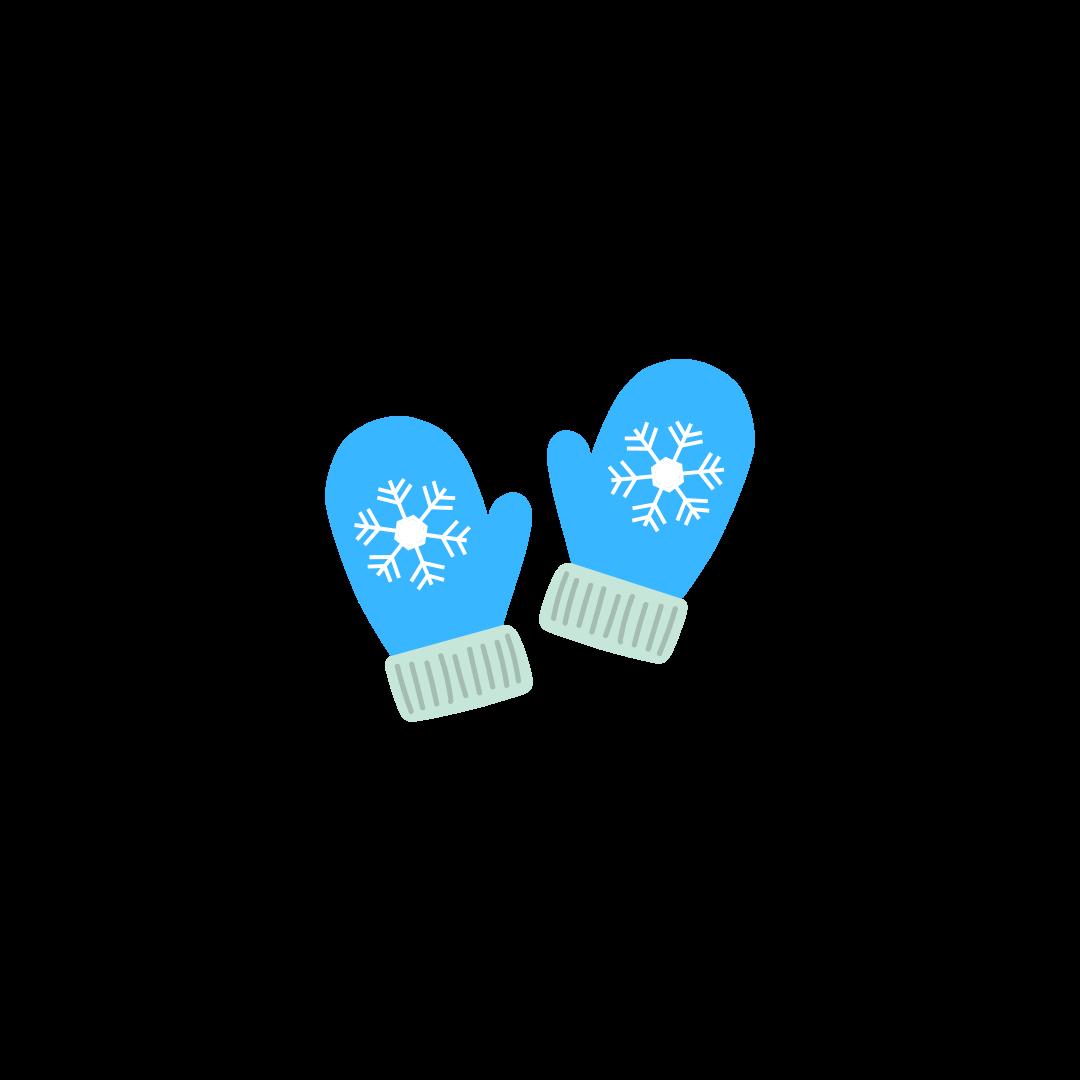
“coldweather veggie
Early cabbage takes days cabbage takes 87 days.
The most popular varieties of cabbage:



Vitamin K supports proper blood function, bone growth & kidney health. The body has the ability to create vitamin K on its own.
2 main forms of vitamin K: K1 and K2.
Vitamin K is a fat-soluble which means… It absorbs better into the body when eaten with foods with some fat like olive oil or avocados!
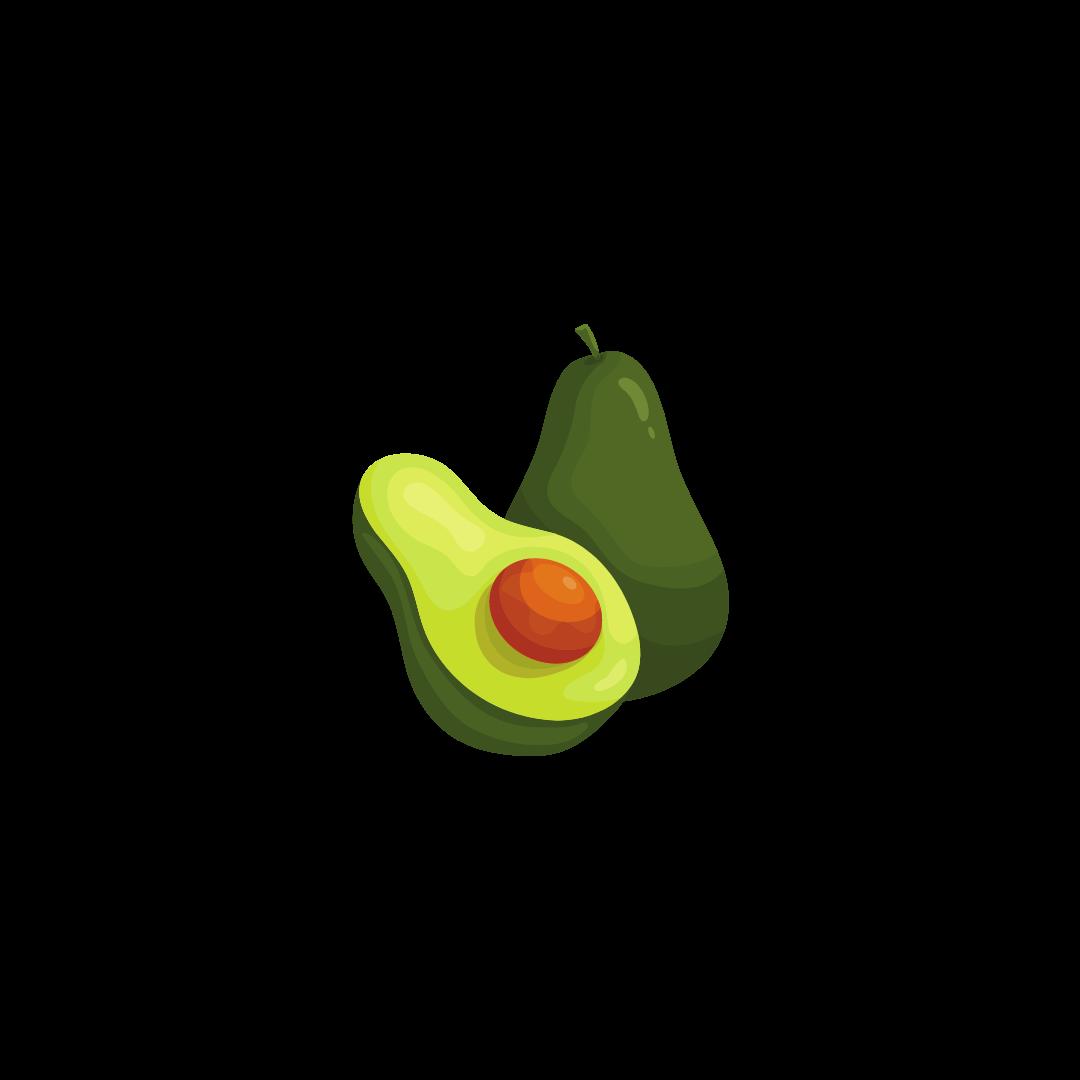

Vitamin K helps the body heal from wounds.

Vitamin K helps produce proteins that bind themselves to calcium - this helps build strong bones.


Vitamin K supports heart health.
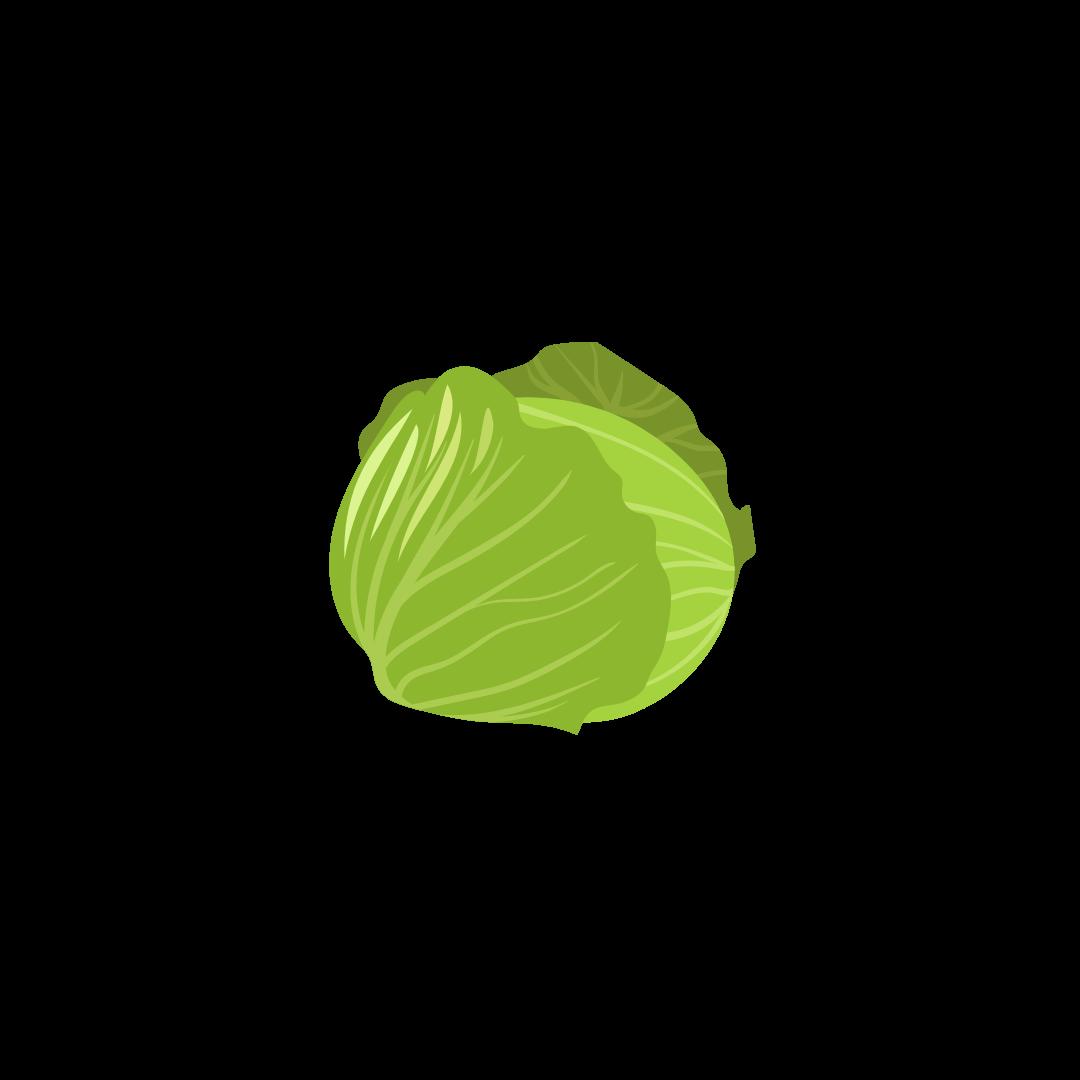
Vitamin K is found throughout the body in the liver, brain, heart, pancreas & bones.
Vitamin K plays a role in proper blood function- specifically with clotting.



Spinach is a nutritious, leafy green
Main Types of Spinach:
1. Savoy
2. Semi Savoy
3. Flat
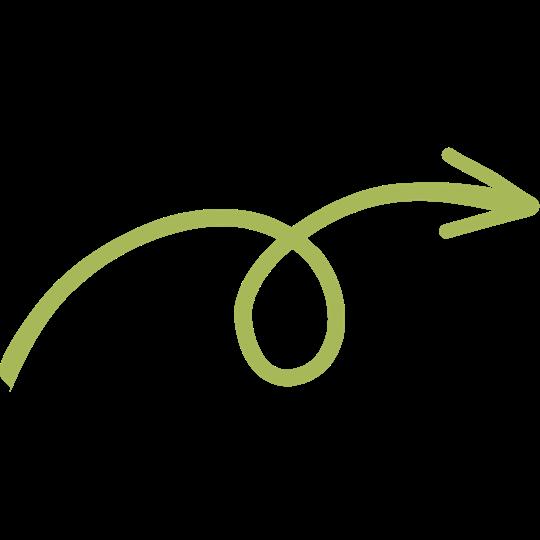

The U.S. harvests around 960,000 pounds of spinach each year.
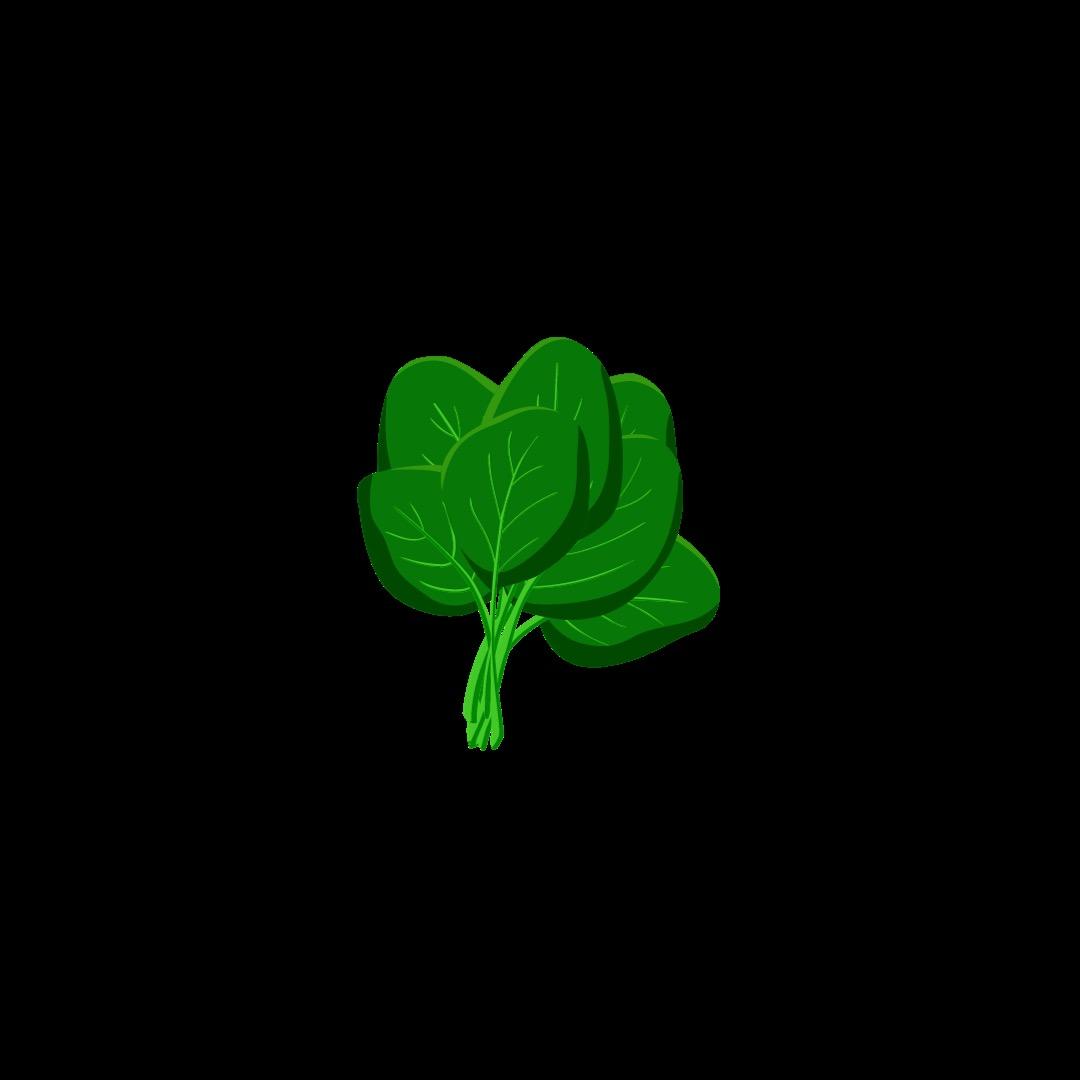
Spinach is a part of the goosefoot family of the shape of its leaves.
F R E S H spinach is the B E S T spinach!

Flat spinach is the best known & most popular.
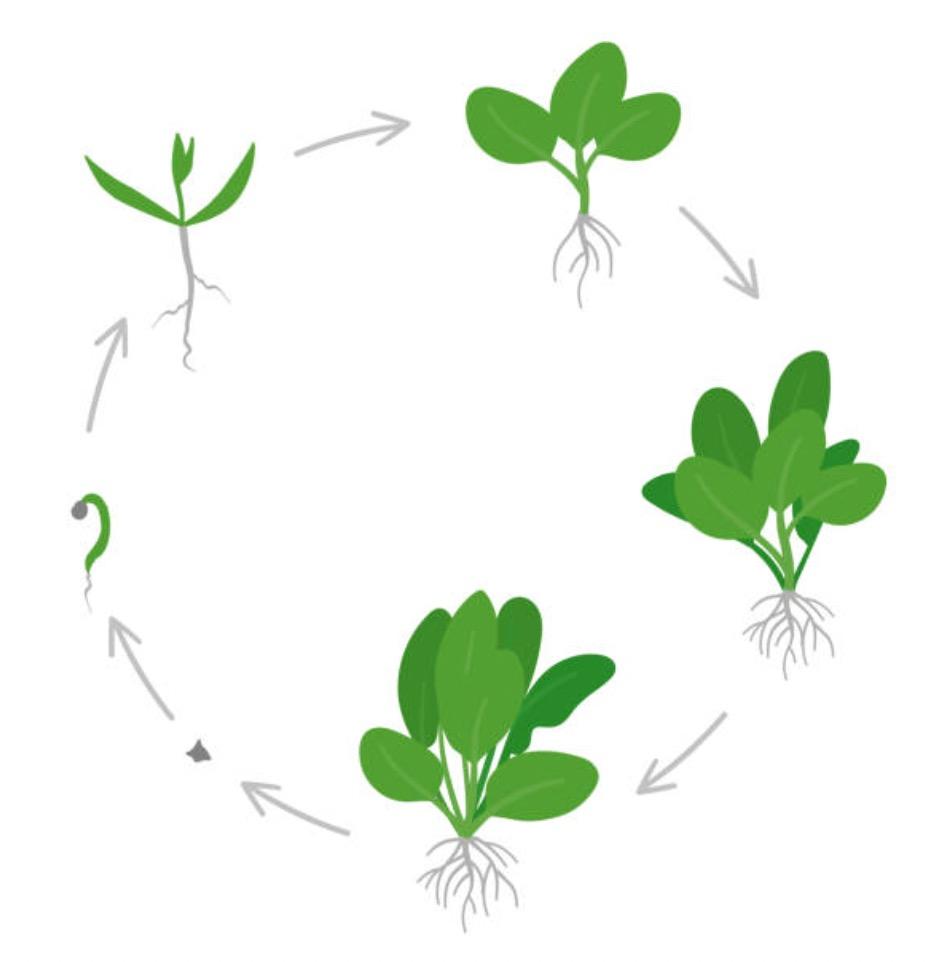



Late spring/early spinach season.
Spinach thrives when grown in sandy soils.
Spinach prefer to grow in cooler climates. of its major nutrients after harvesting.



Iron carries oxygen in the blood, supports the immune system & proper brain function

2 forms of iron: Heme & Non-heme. comes from animal meat and is easily absorbed into the body after eaten. comes from plant foodslike spinach!
Iron is found in EVERY cell of the body.

Non-heme sources of iron are best absorbed into the body when eaten with a source of vitamin C, like an orange.
Iron helps muscles function by carrying oxygen to their cells.

Supports a healthy immune system.

Human blood is RED because of iron and oxygen reacting with each other.
The body uses iron to make hemoglobin.

80% of the Earth’s crust is composed of iron.
Hemoglobin helps carry and transport oxygen in the blood to other parts of the body…like a backpack!

Sweet potatoes are a type of starchy root vegetable
There are 400+ varieties of sweet potatoes.
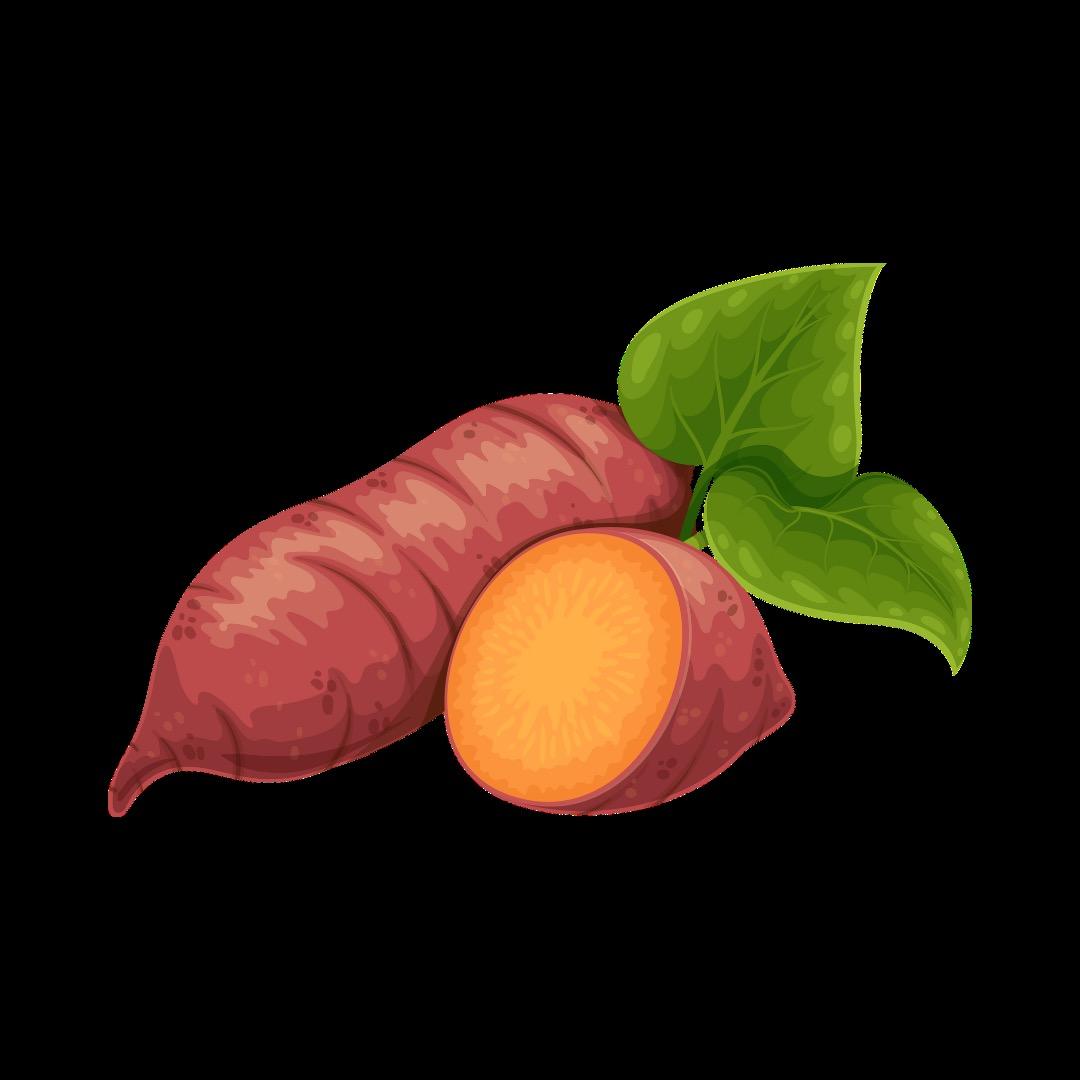
Sweet potatoes are grown underground!
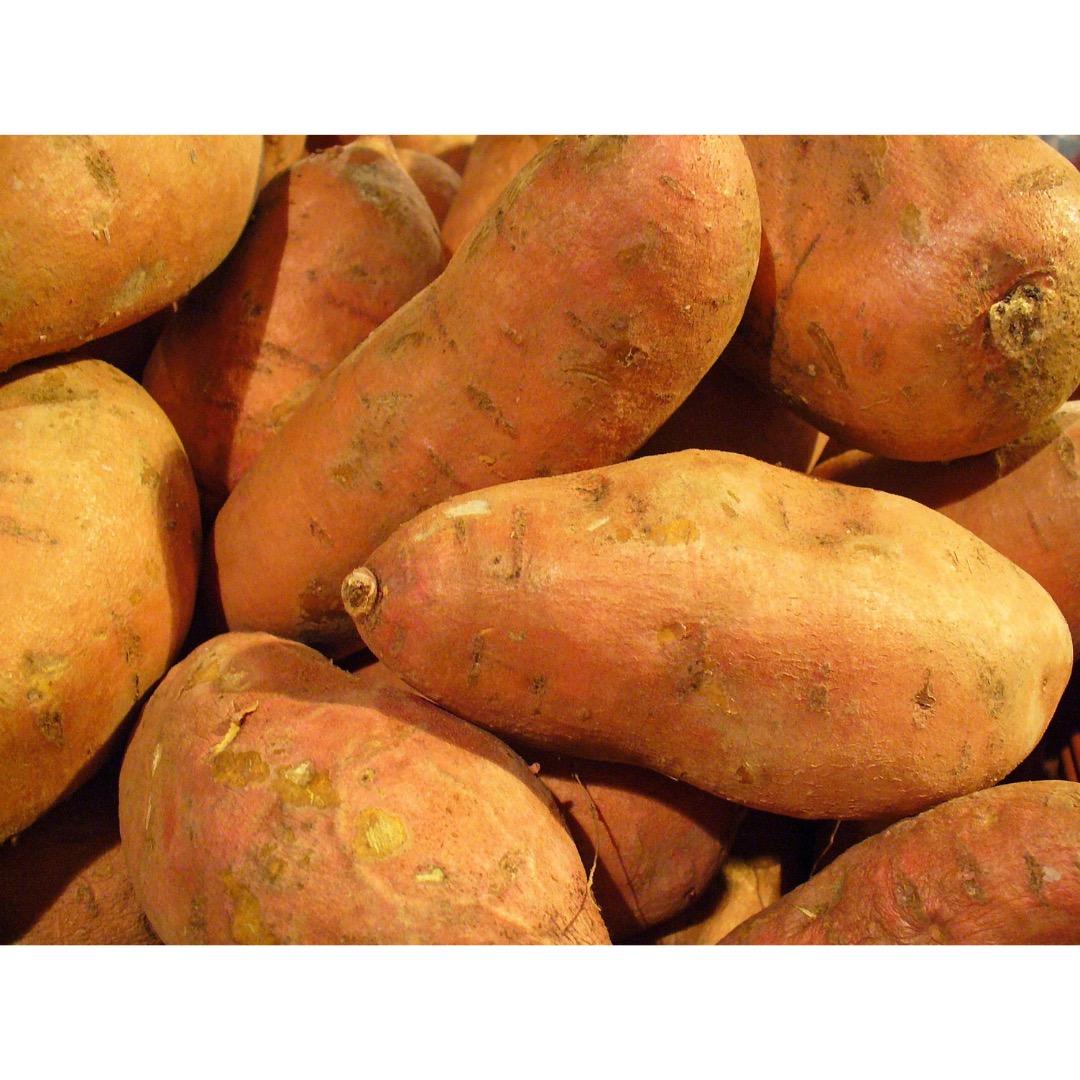
Sweet potato roots are harvested 90120 days after planting.
Sweet potatoes are a great source of vitamins and minerals!
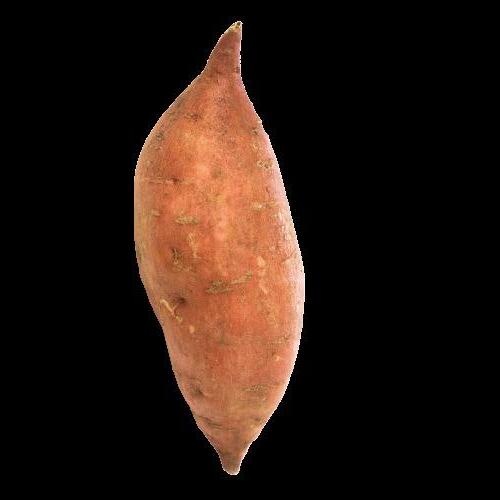
Sweet potatoes are a popular Thanksgiving side dish.

Jewel most popular sweet potato.

Sweet potatoes and yams are NOT the same thing!
Sweet potatoes can be orange, yellow, red, white or purple.
Orange sweet potatoes are the sweetes t.



Potassium supports balancing fluid in the body & proper function of the
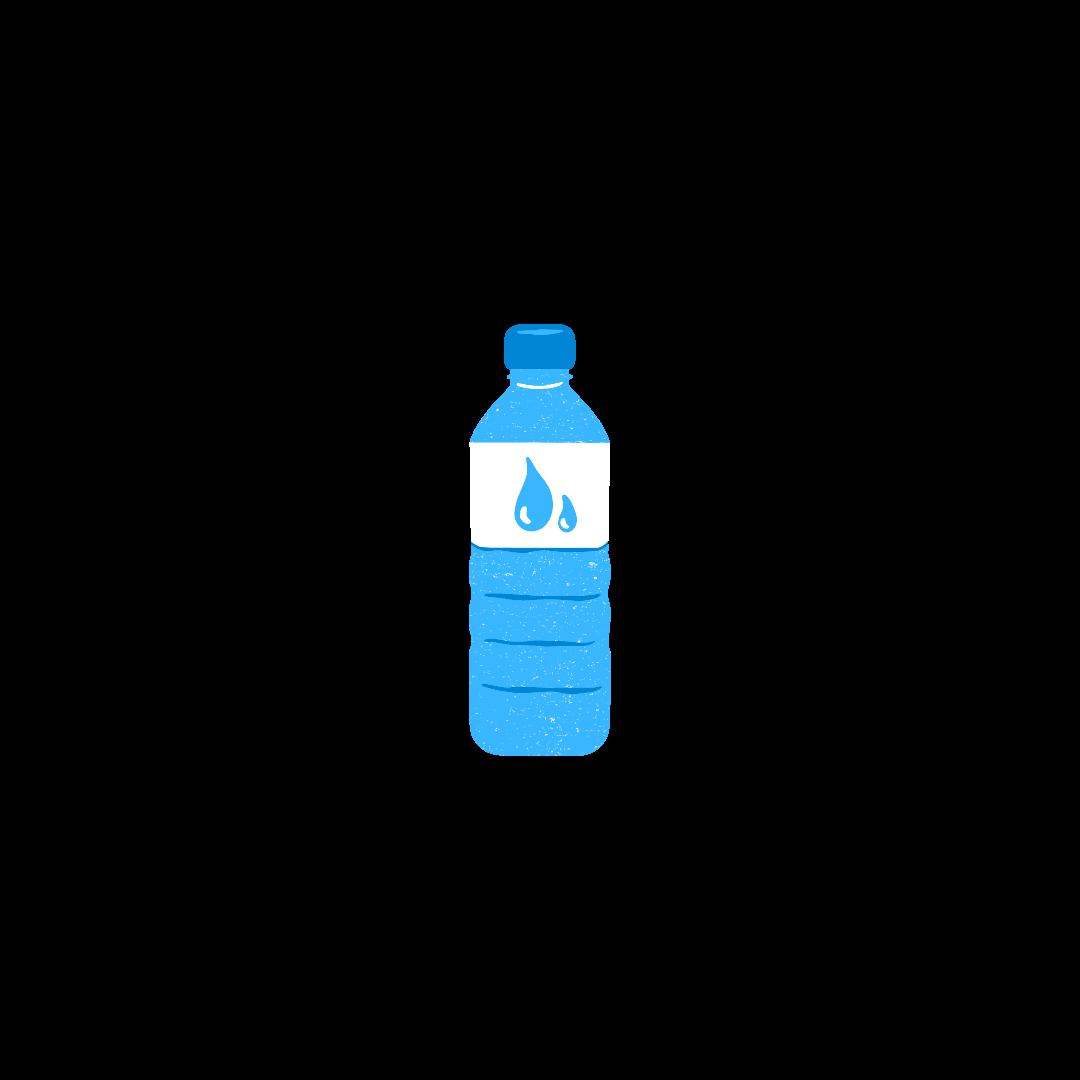
Once potassium enters the body, it functions as an electrolyte
Helps to keep the body

Electrolytes help amount of water in the body.


Potassium is THIRD most abundant mineral in the body.
Potassium helps promote bone health.
The body is made up of approximately 60% water.
Potassium helps to regulate muscle contractions.

98% of the body’s potassium is found in its cells.

Many runners eat foods high in potassium before a run to prevent muscle cramps
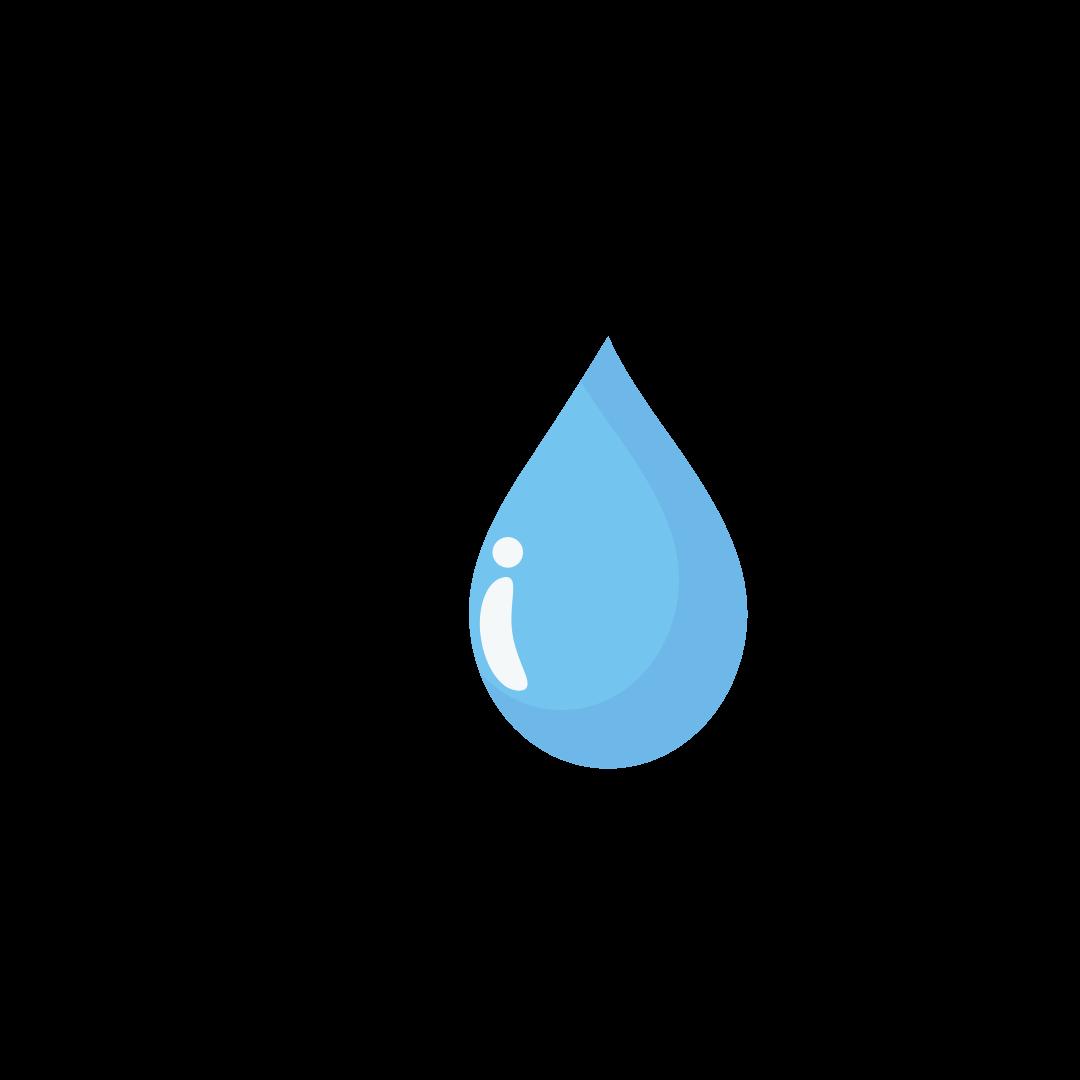

Butternut squash is a type of they grow on vines & have seeds.
2 types of squash:

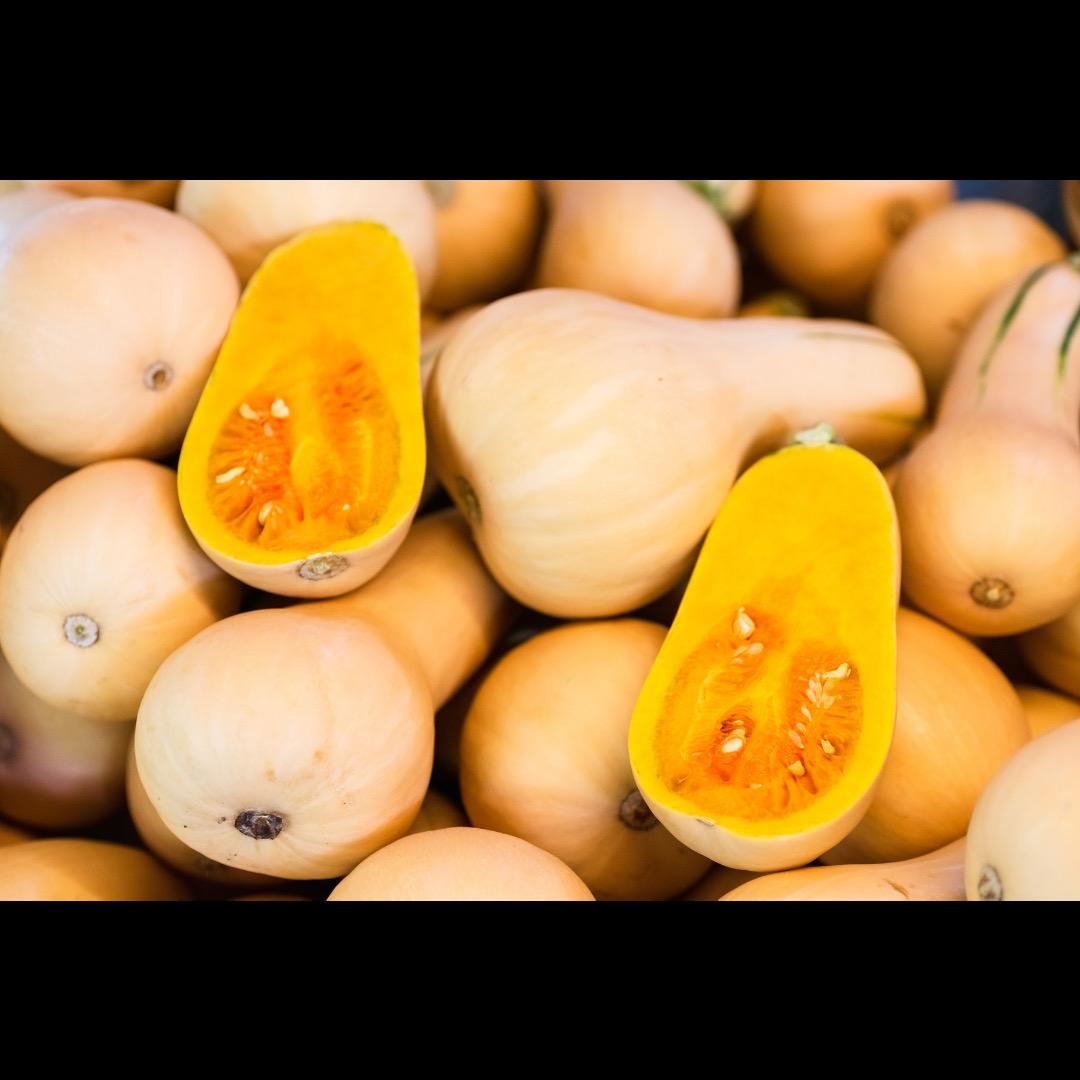

Winter squash has much harder skin than summer squash.
Butternut squash take around 110 days to mature after planting.

Butternut squash is a inches tall
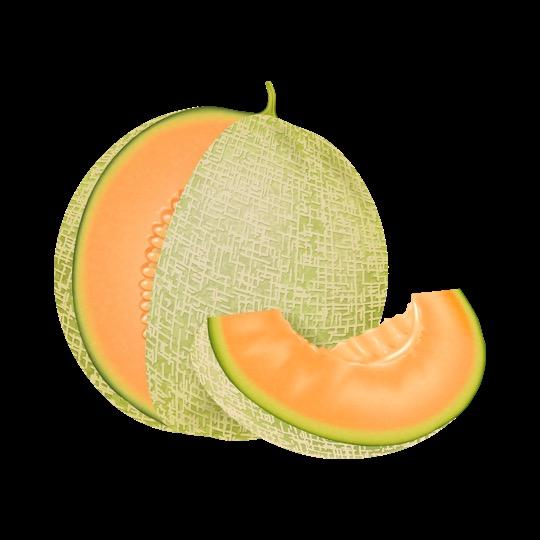

Squash are a type of fruit!


Butternut squash are in season during the fall & winter. Squash are related to melons!
Despite the name, winter squash warm seasons.
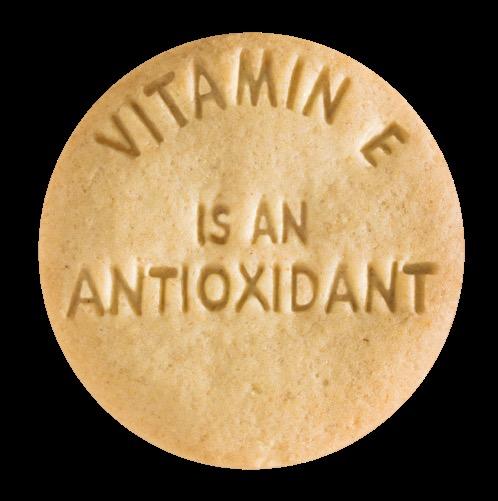




Vitamin E acts as an antioxidant & supports the immune system.

Antioxidants help protect against damage caused by exposure to harmful substances in the environment. These harmful substances are called free radicals.
Vitamin E was discovered in
Vitamin E is a fat-soluble vitamin.
Fat soluble vitamins are best absorbed body when eaten with foods with healthy fats
Vitamin E supports proper blood function – circulation, clotting & production.
Vitamin E also helps to maintain healthy skin.
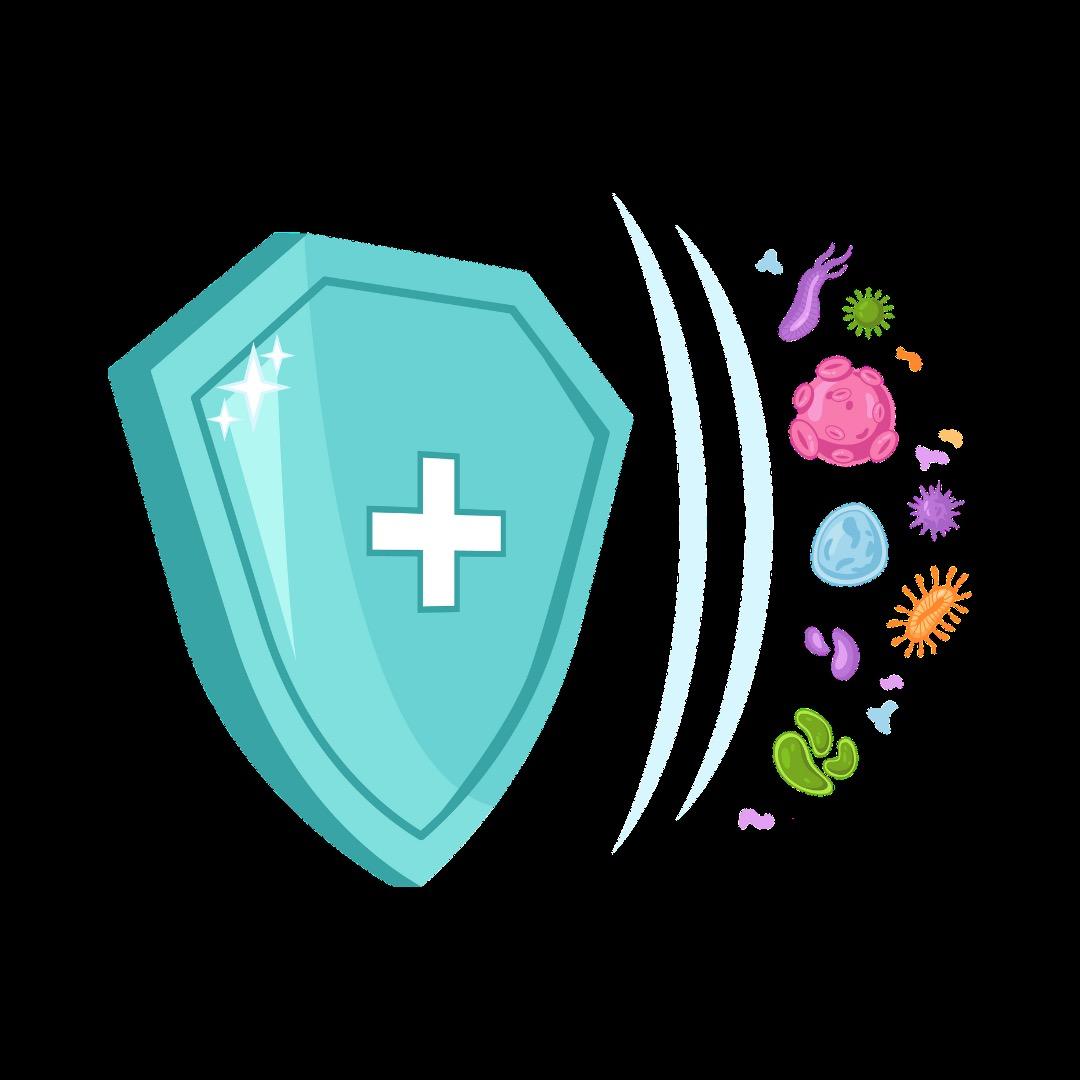
Vitamin E

Examples of healthy fats include olive oil, avocados strengthens the immune system.



Kale is a type of leafy green (cruciferous) vegetable.
Kale becomes SWEETER after a frost!


“Borecole”
Kale can range in color from light green to dark green Kale is closely related to cabbage.

Kale is mostly harvested in the fall & winter.


All kale leaves are harvested by hand
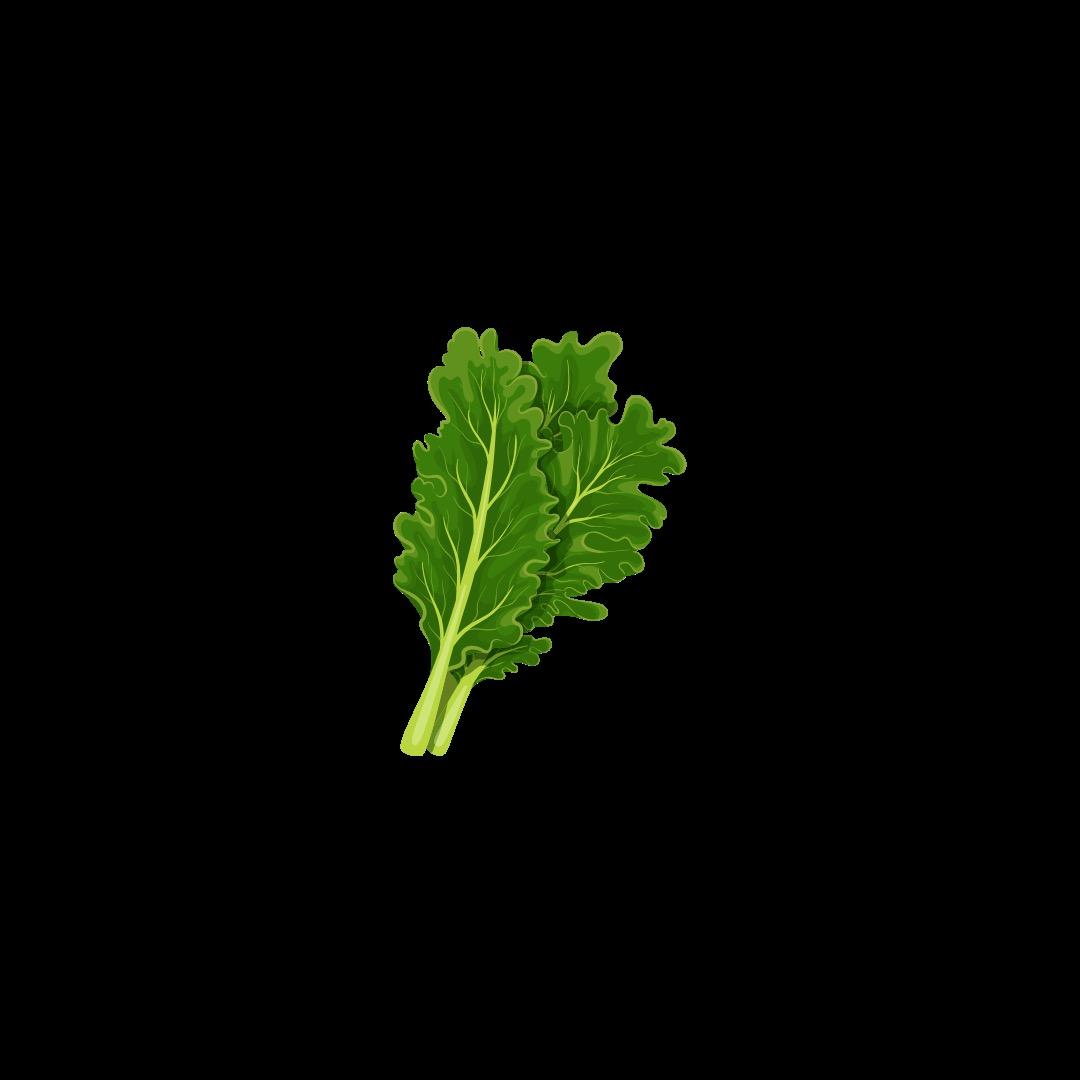


one leaf at a time, never the entire plant at once.
In a long growing season, the main 24+ inches long.
Cold temperatures the quality & flavor of kale.
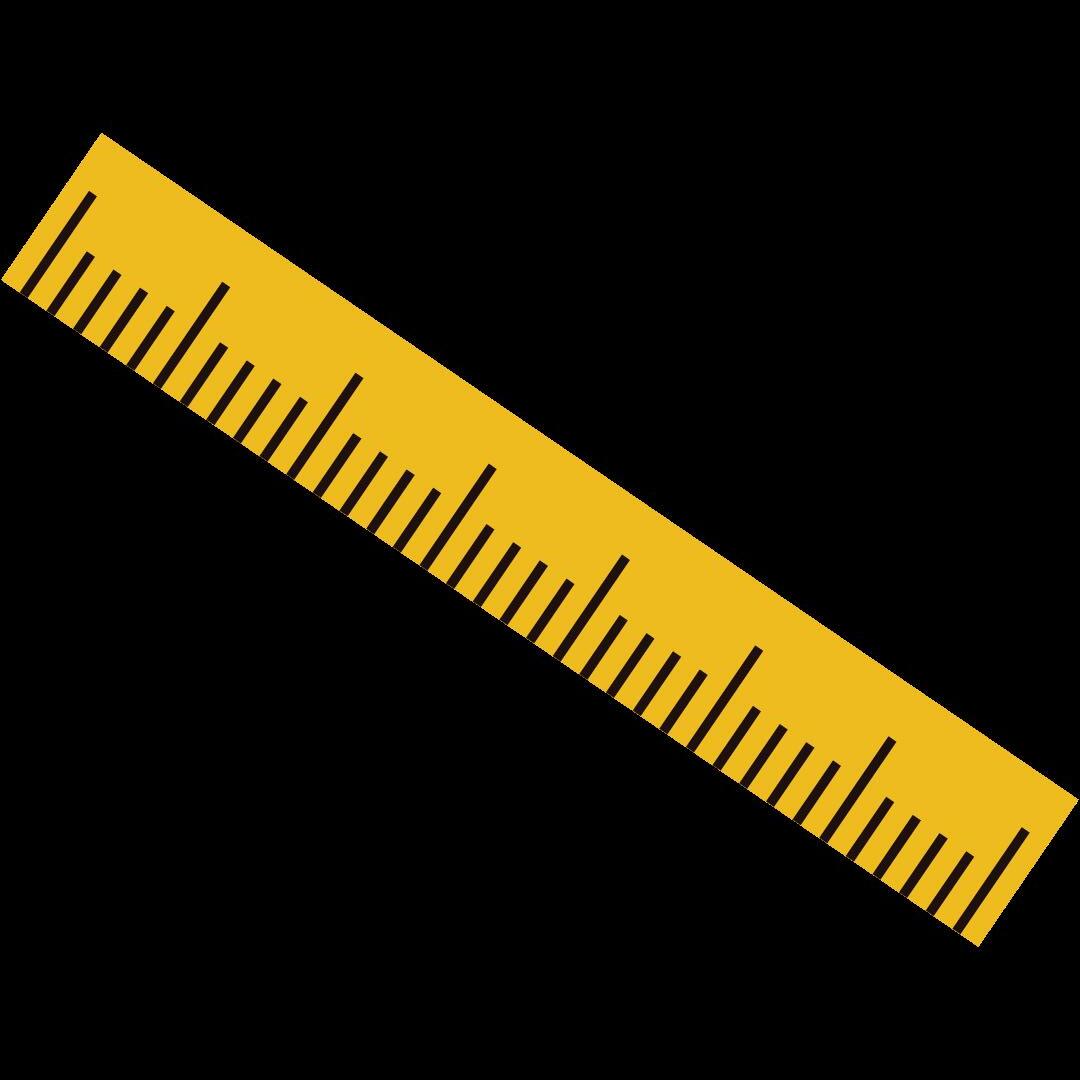
Kale is known to have a bitter taste.



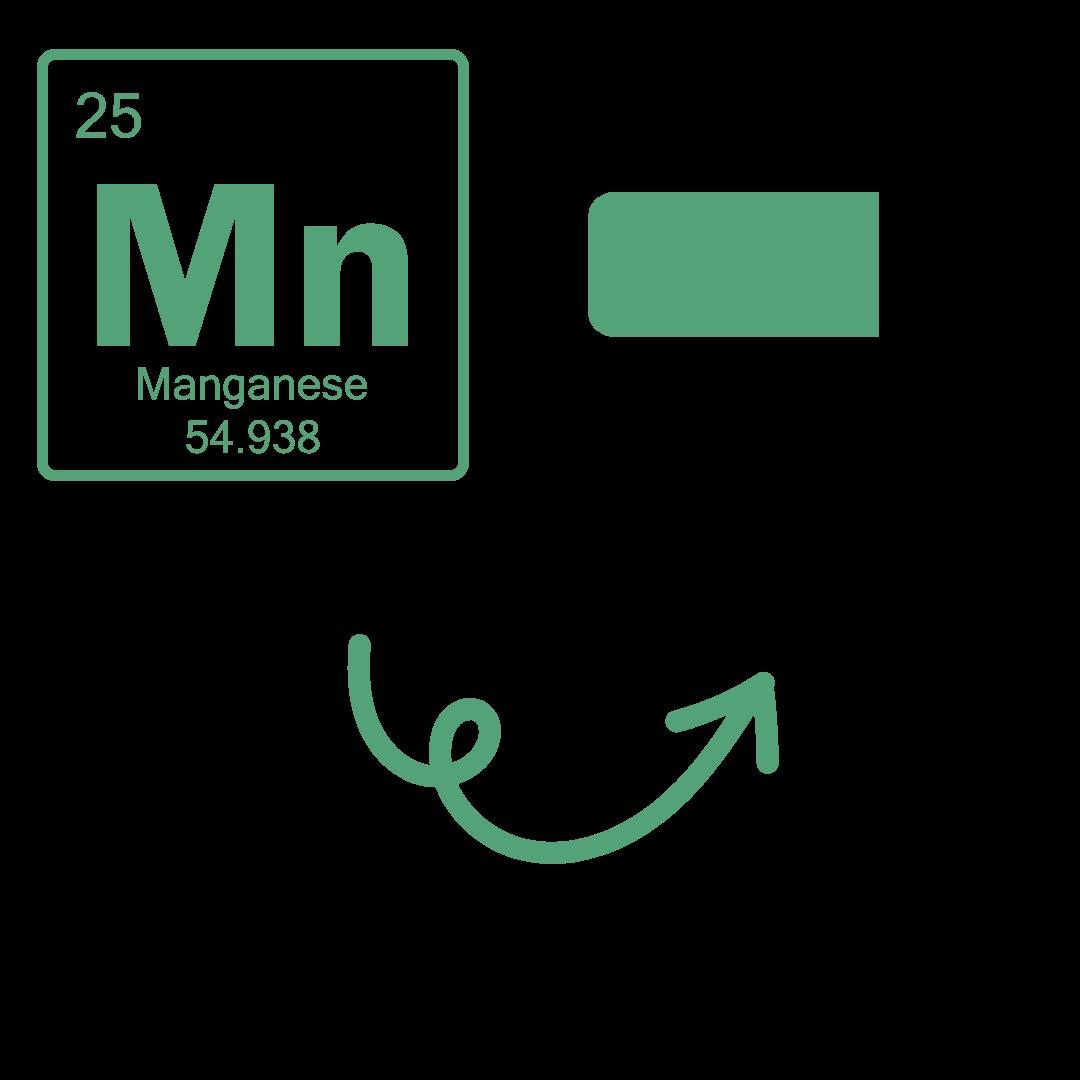

Manganese is like kale absorb minerals through their roots.

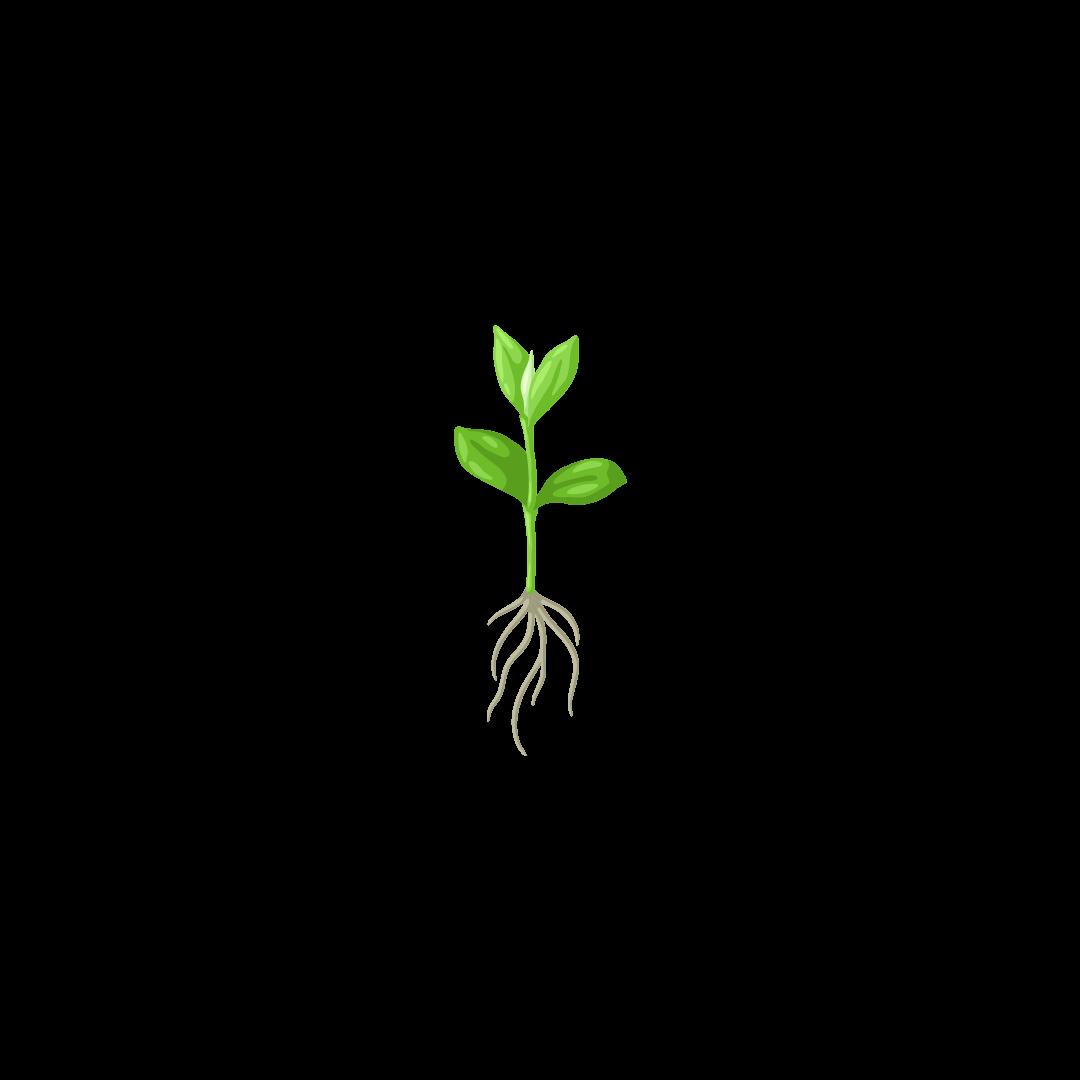





Manganese helps
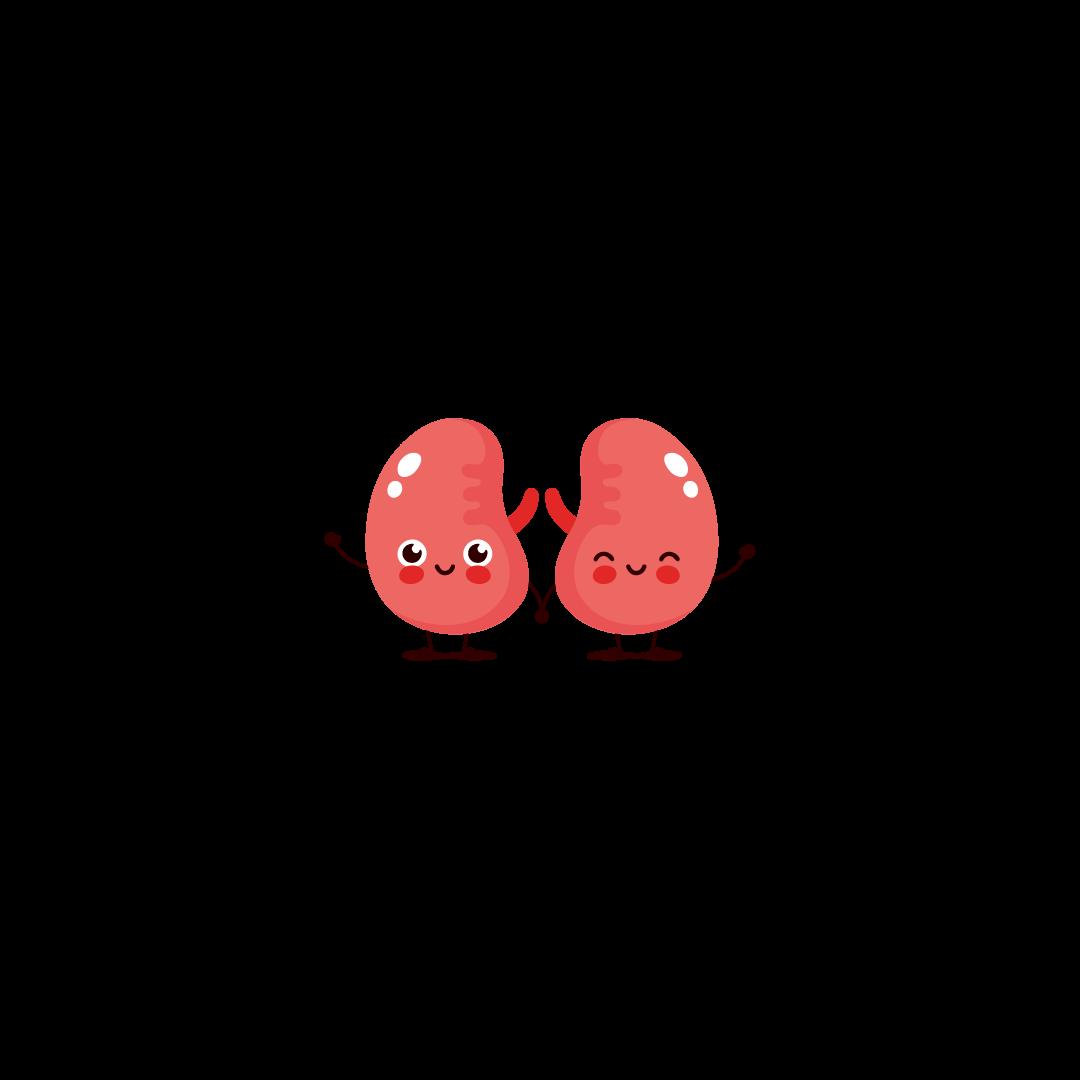
helps the body blood clots helping wounds heal faster! against infections.

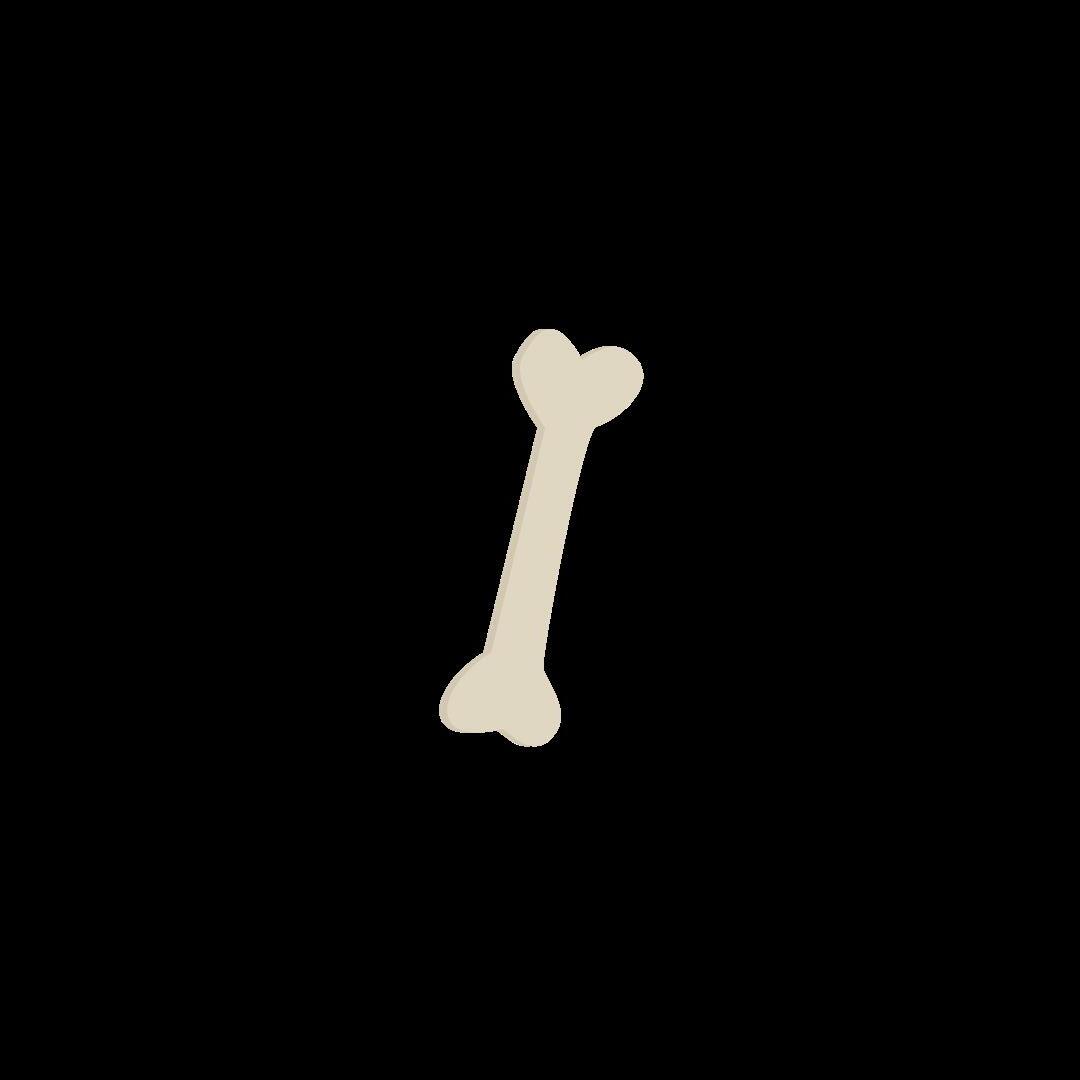
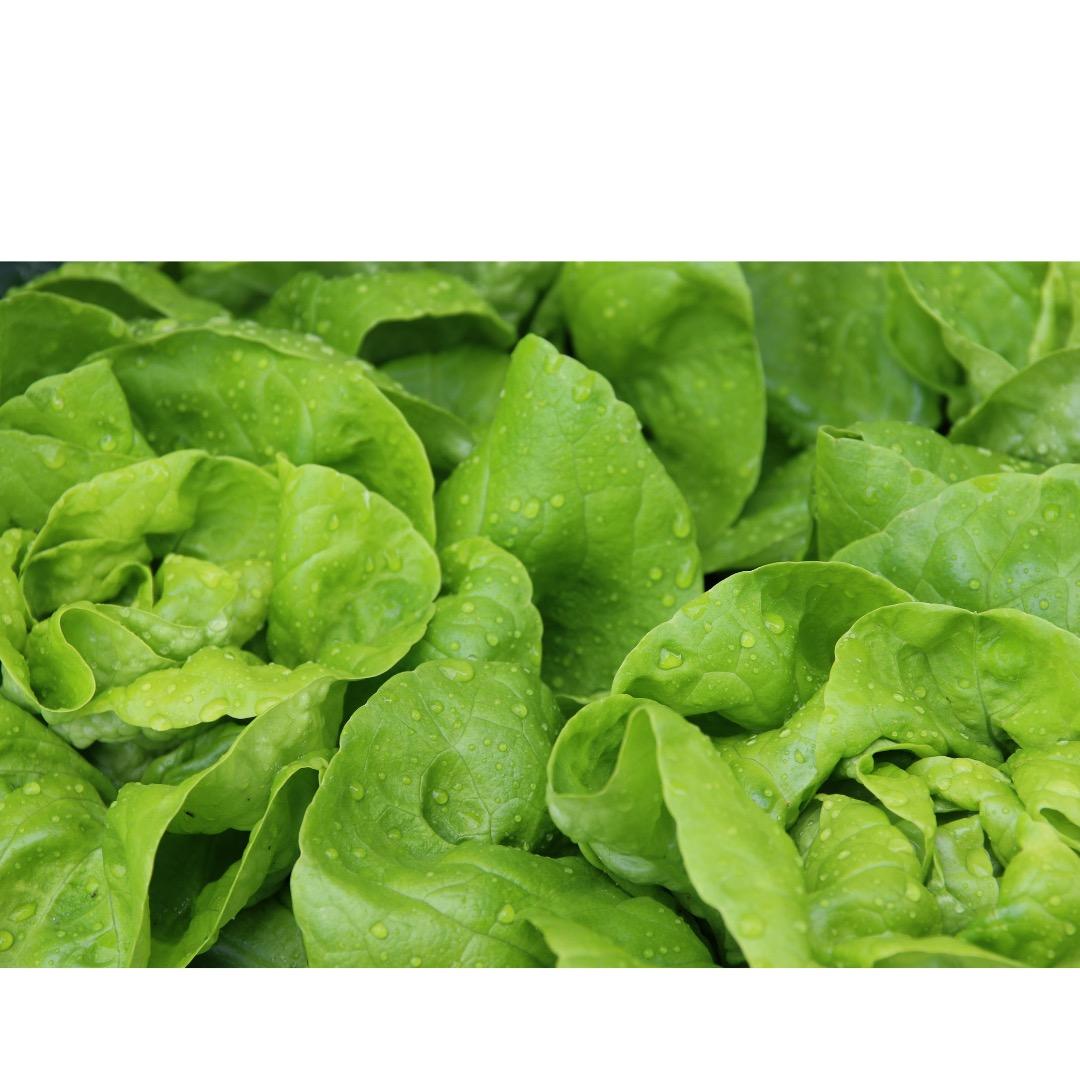


Lettuce is a type of green leafy vegetable.
Darker green lettuce leaves are MORE LEAST MOST

Lettuce is a part of the sunflower family.


Lettuce plants grow to be 6 - 12 inches tall.

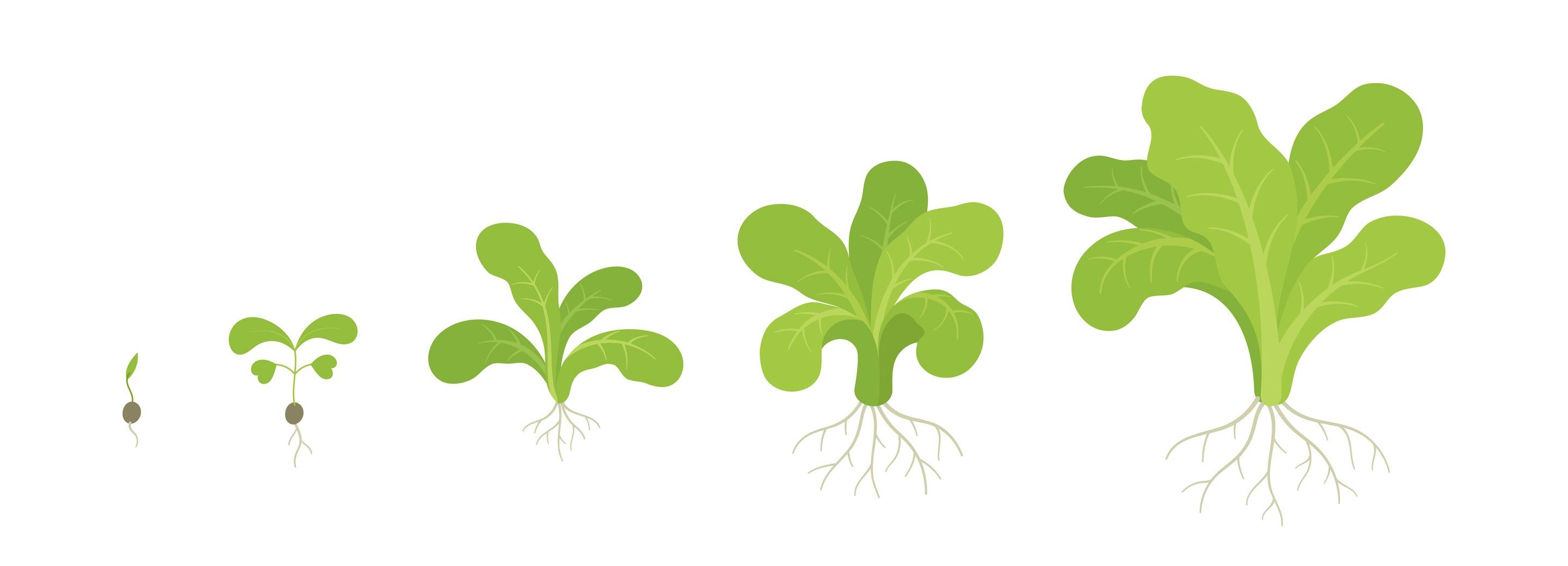
Lettuce grows best in cooler climates.
Iceberg lettuce (also known as crisphead) is the most popular type of lettuce in the U.S.



Hydration is the process of replacing fluids Water is the body’s main source of hydration.
Being hydrated helps convert food into energy





Hydration helps regulate body’s temperature

The body’s 6 essential nutrients: carbohydrates, proteins, fats, vitamins, minerals & WATER !
Water helps carry nutrients & oxygen to all the cells in the body.

Proper hydration can help to improve moods.
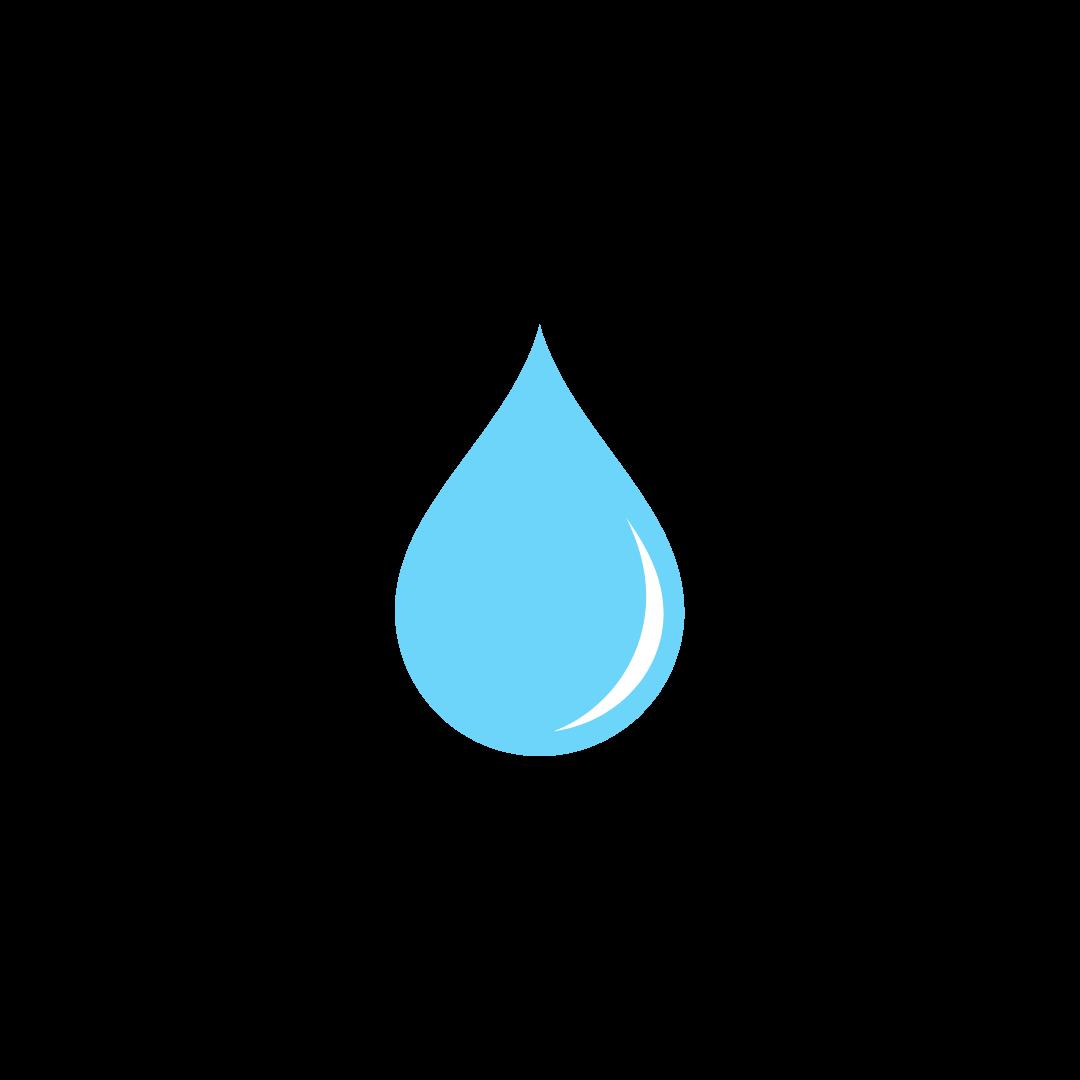
The body is better at fighting off when properly hydrated.
Sleep quality can improve when the body is hydrated.
Many fruits & vegetables have a high water content, making them hydrating to eat.

Strawberries are a type of aggregate fruit.
Strawberries are a part of the rose family.

1 acre of land can produce 50,000 pounds of strawberries.
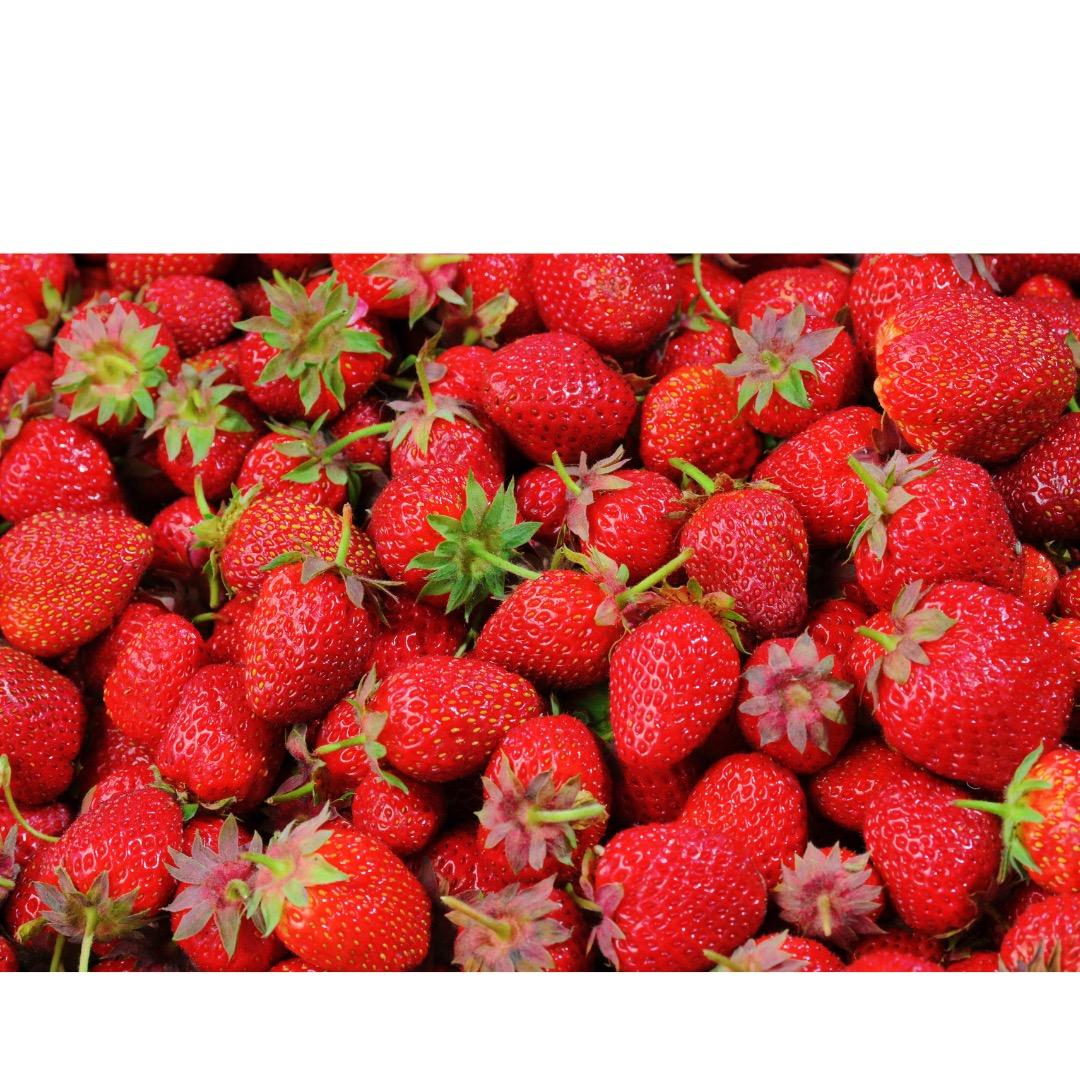
Strawberries are the FIRST fruit to ripen in the spring.
Peak strawberry harvesting season is April - June.
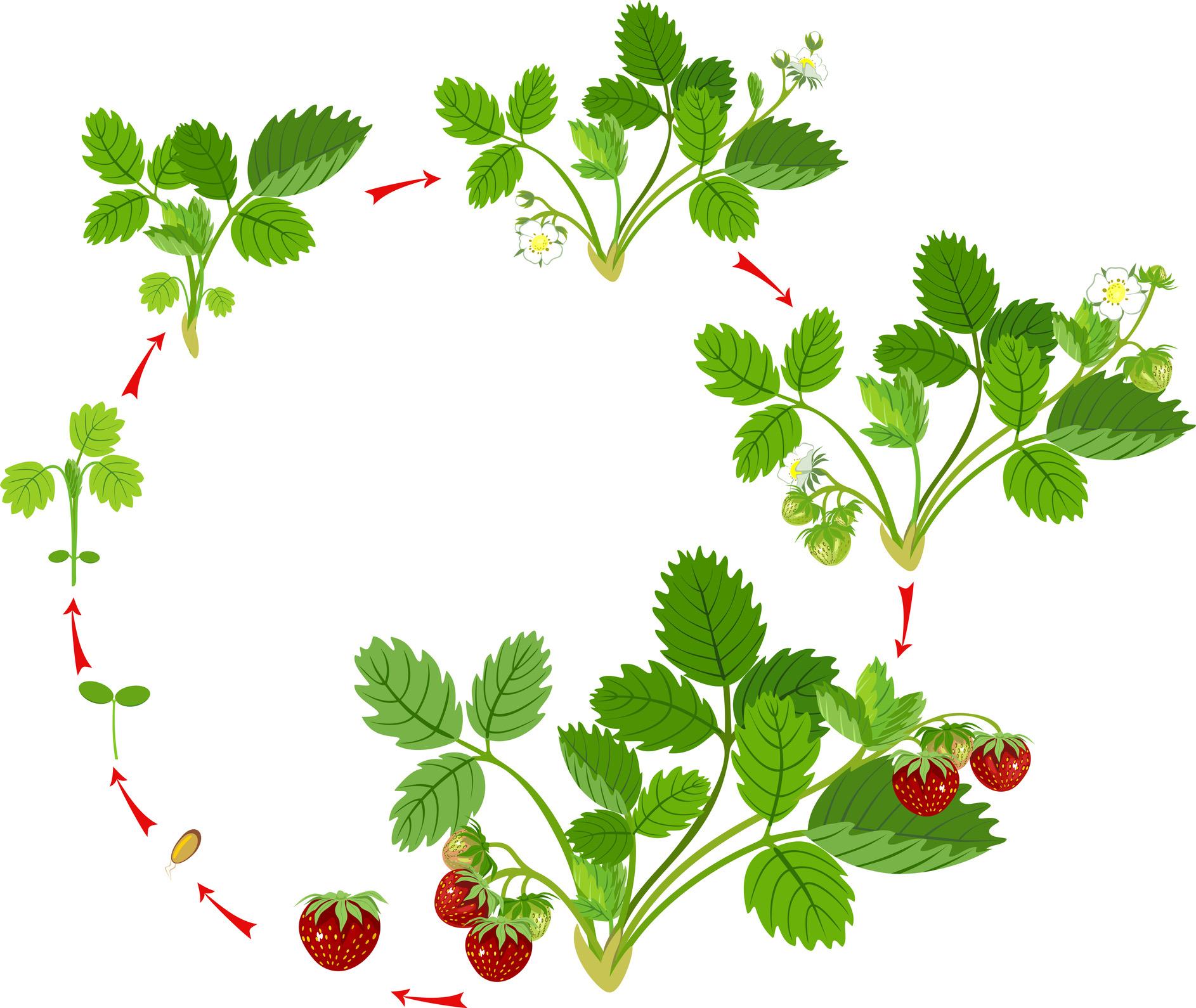


3 strawberry has 200 seeds.
1. June-bearing 2. Ever-bearing 3. Day-neutral

Strawberries are the ONLY fruit with seeds on the outside.

90% of the strawberries grown in the U.S. are from California.





Vitamin C supports the immune systemthe body’s defense against infections.

Vitamin C is also referred to as “ascorbic acid.”

Vitamin C is an antioxidant. Antioxidants help protect against damage caused by exposure to harmful substances in the environment.


The body cannot make vitamin C on its own - it has to come from food.
Vitamin C helps keep you happy & healthy! What do you call a vitamin that improves your eyesight?


Vitamin C is a very important vitamin for healthy gums & teeth.
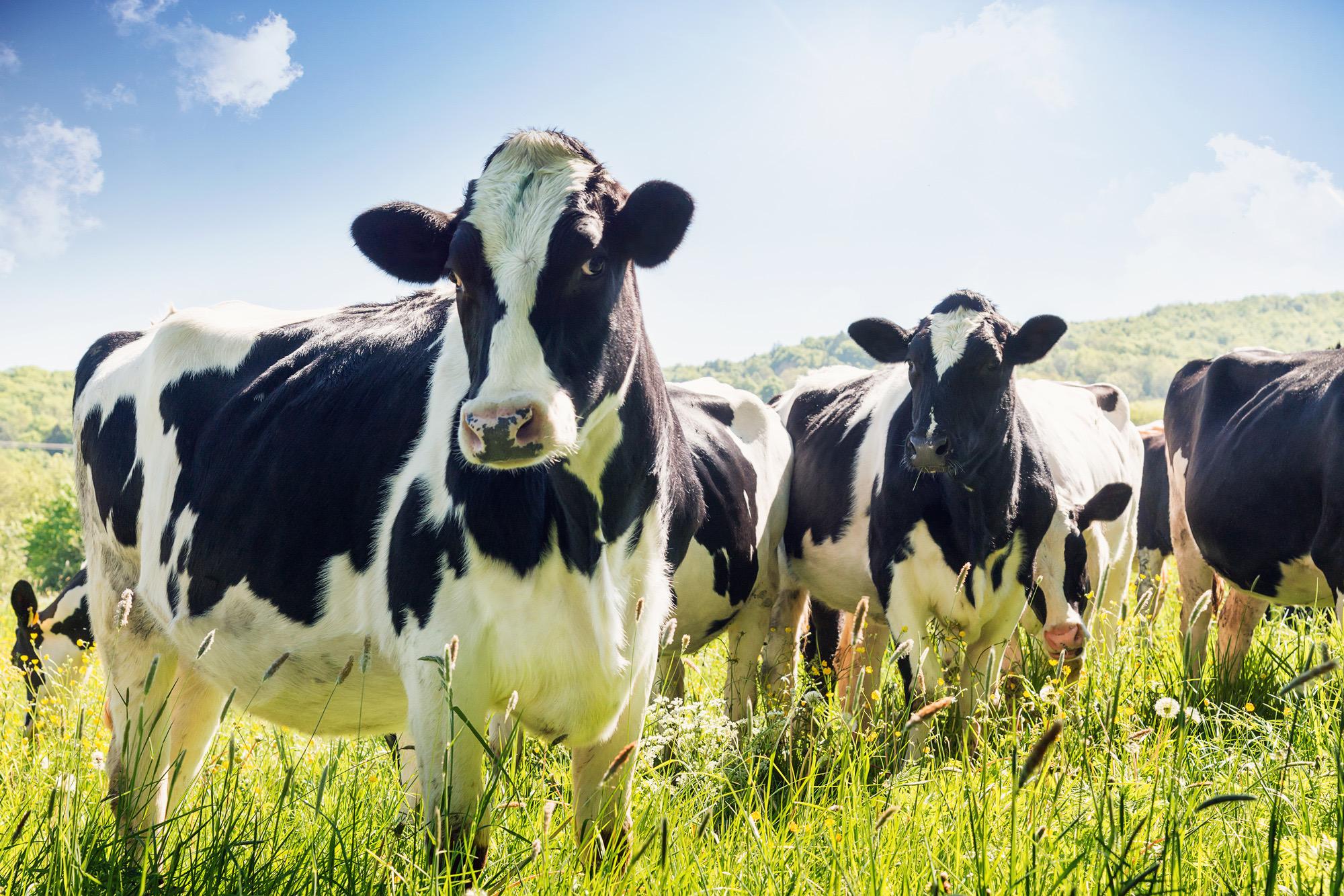


Milk is a type of dairy product –most commonly made from cows.
1 serving contains
Milk is made up of 85-95% water with the rest being fats, proteins, carbohydrates & vitamins
Breeds of Dairy Cows: 6
1. Ayrshire
2. Brown Swiss
3. Guernsey
4. Holstein
5. Jersey
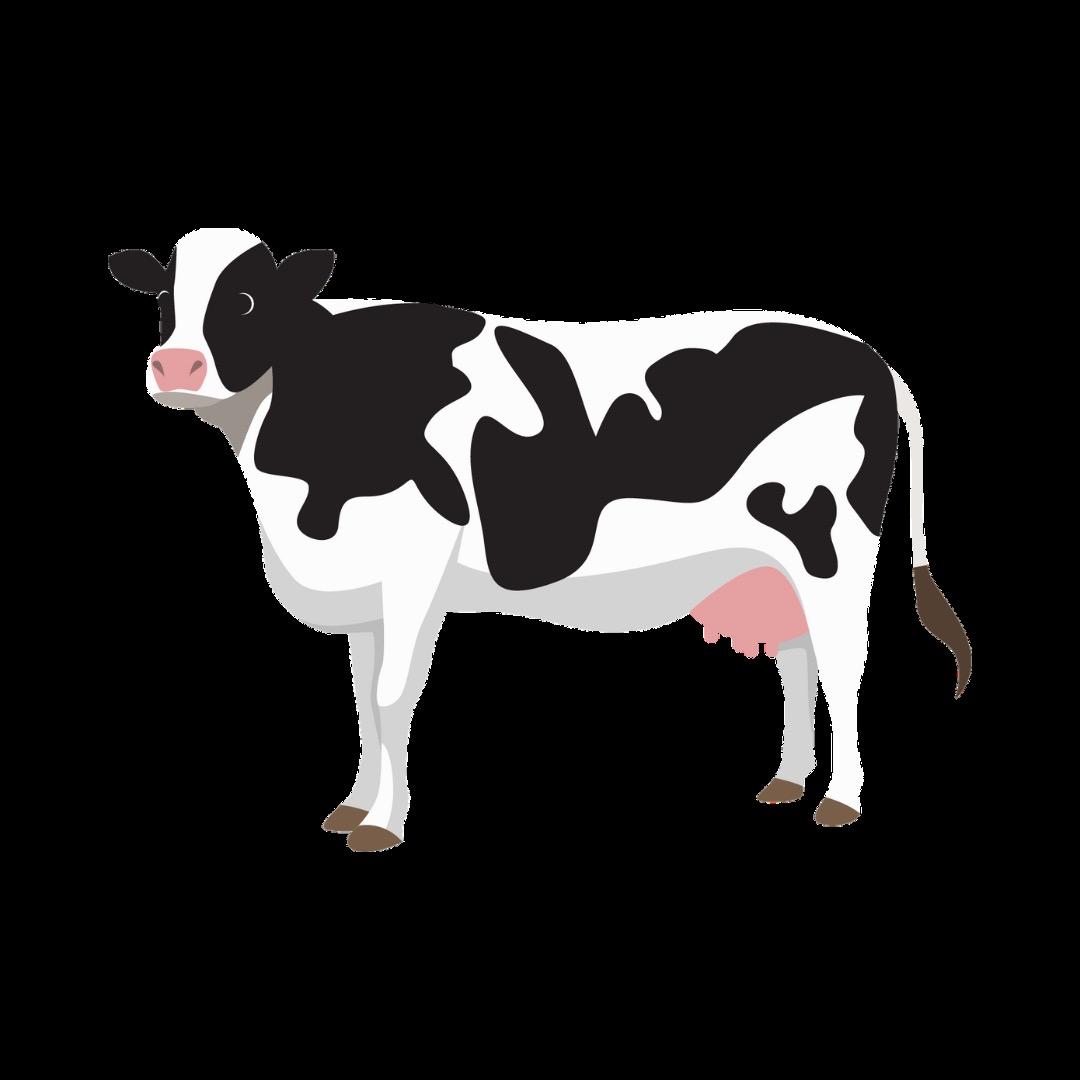
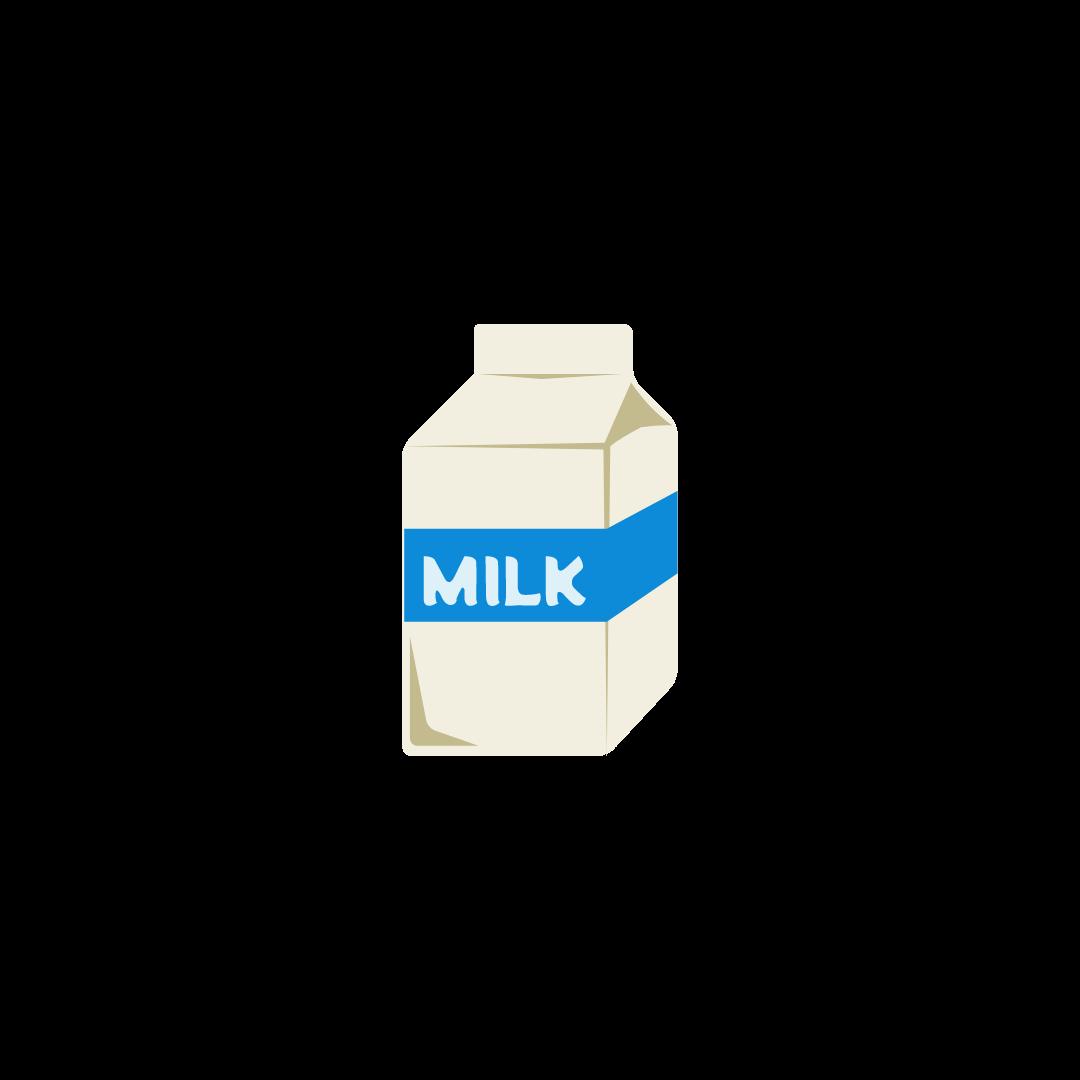
6. Milking Shorthorn
Holstein cows all have a unique pattern of spots!
1 cow produces around 6 gallons of milk per day. Cows can SEE almost 360 degrees and SMELL up to 6 miles away!
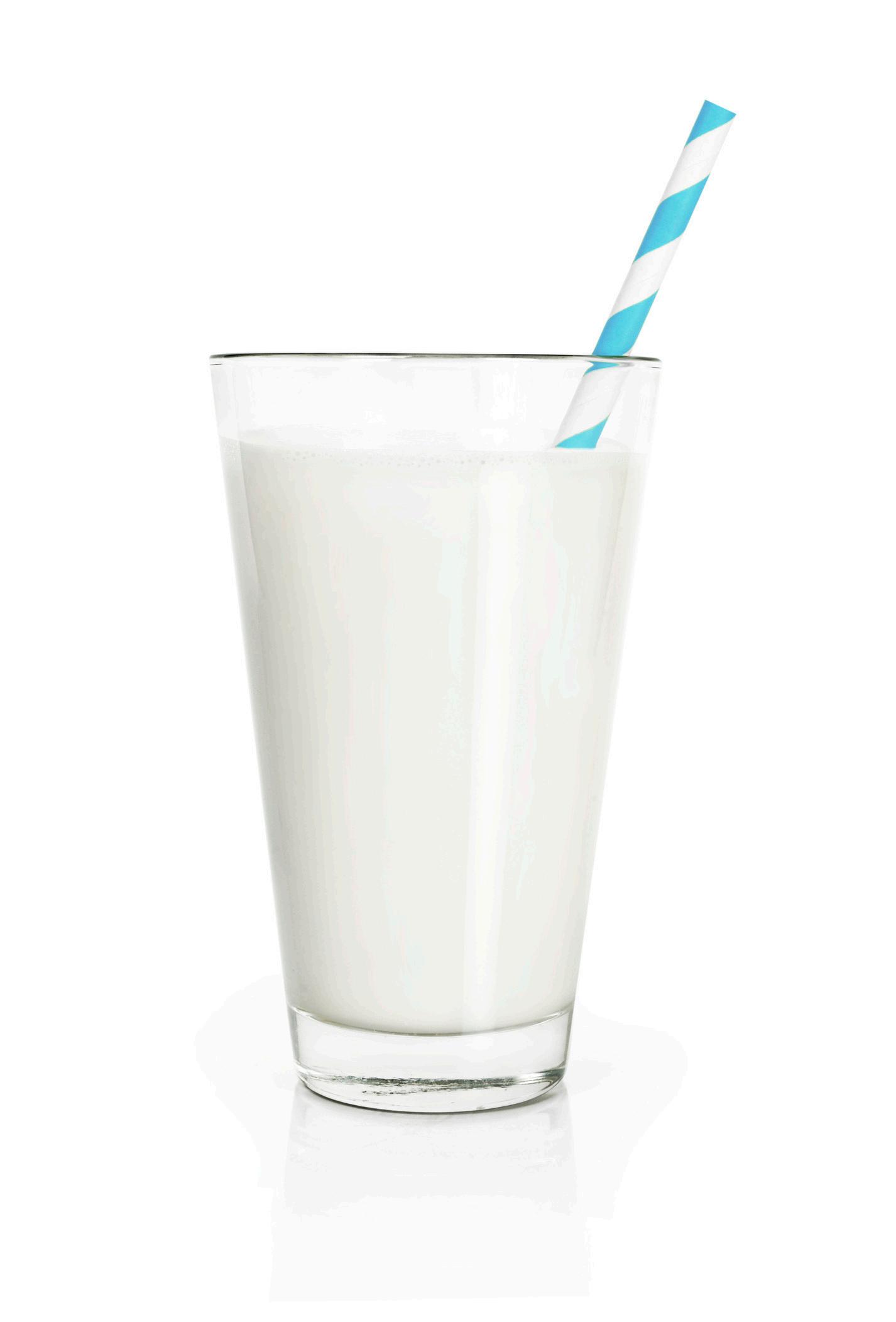
dairy farms!

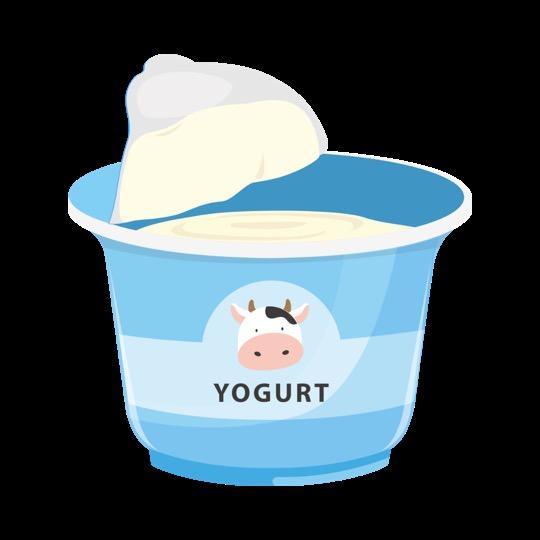

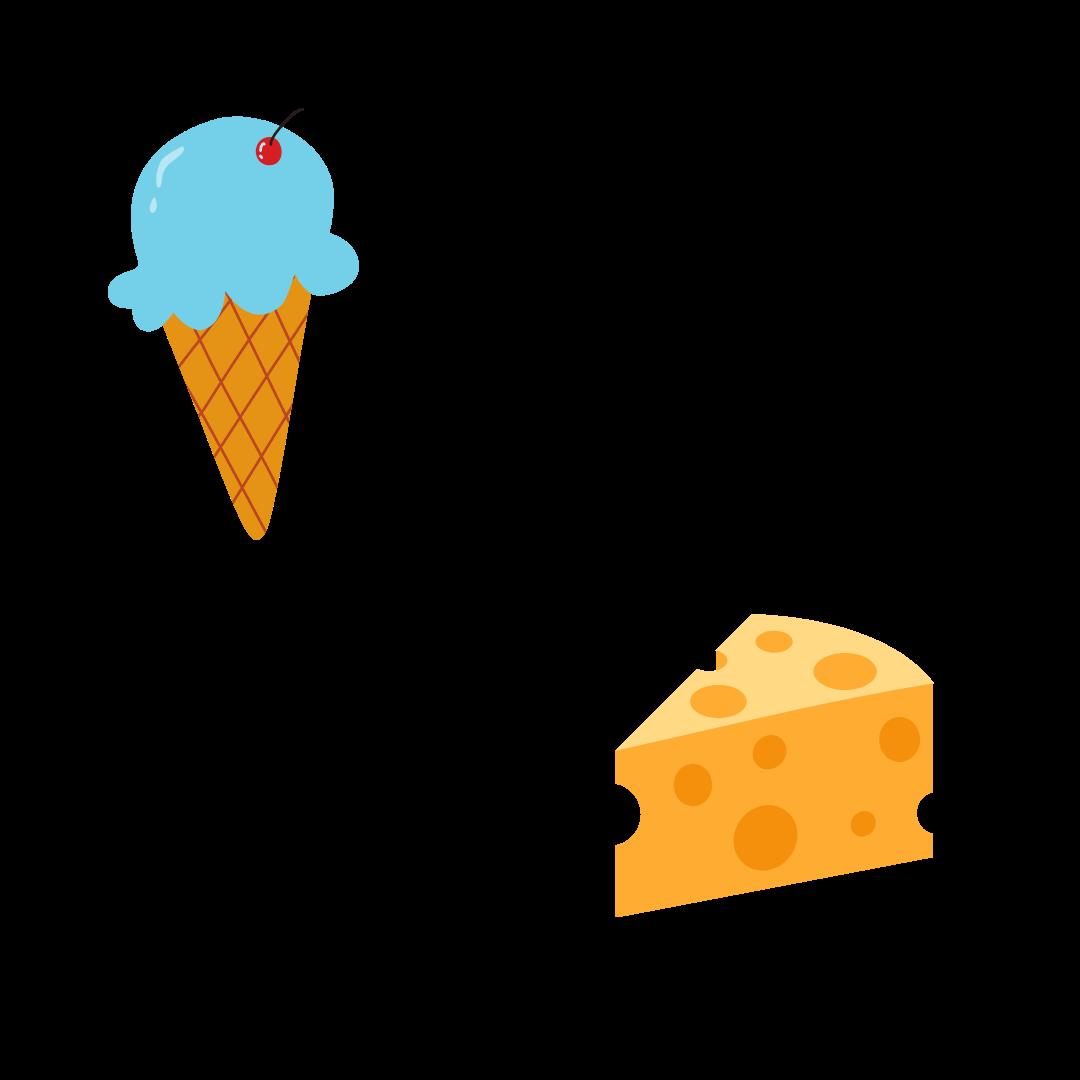
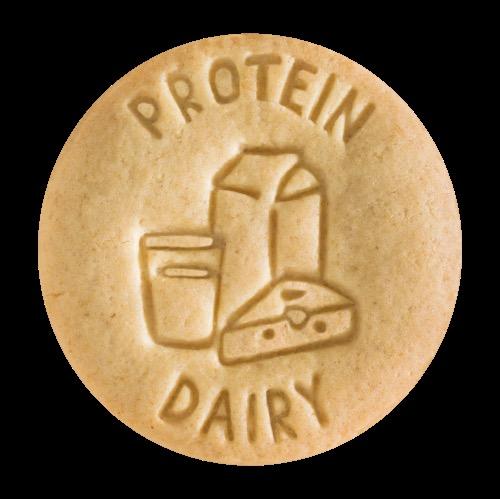




Protein builds, maintains and replaces the tissues in the body.
Protein helps to transport & store nutrients throughout the body.
18 - 20% of the body is protein.
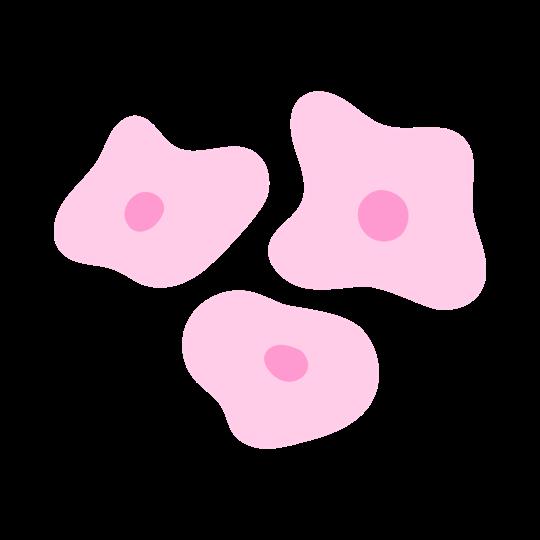
EVERY cell in the human body contains protein.

The body cannot store protein long term… which is why protein needs to be consumed daily.

Protein plays a big role in building and repairing muscles.
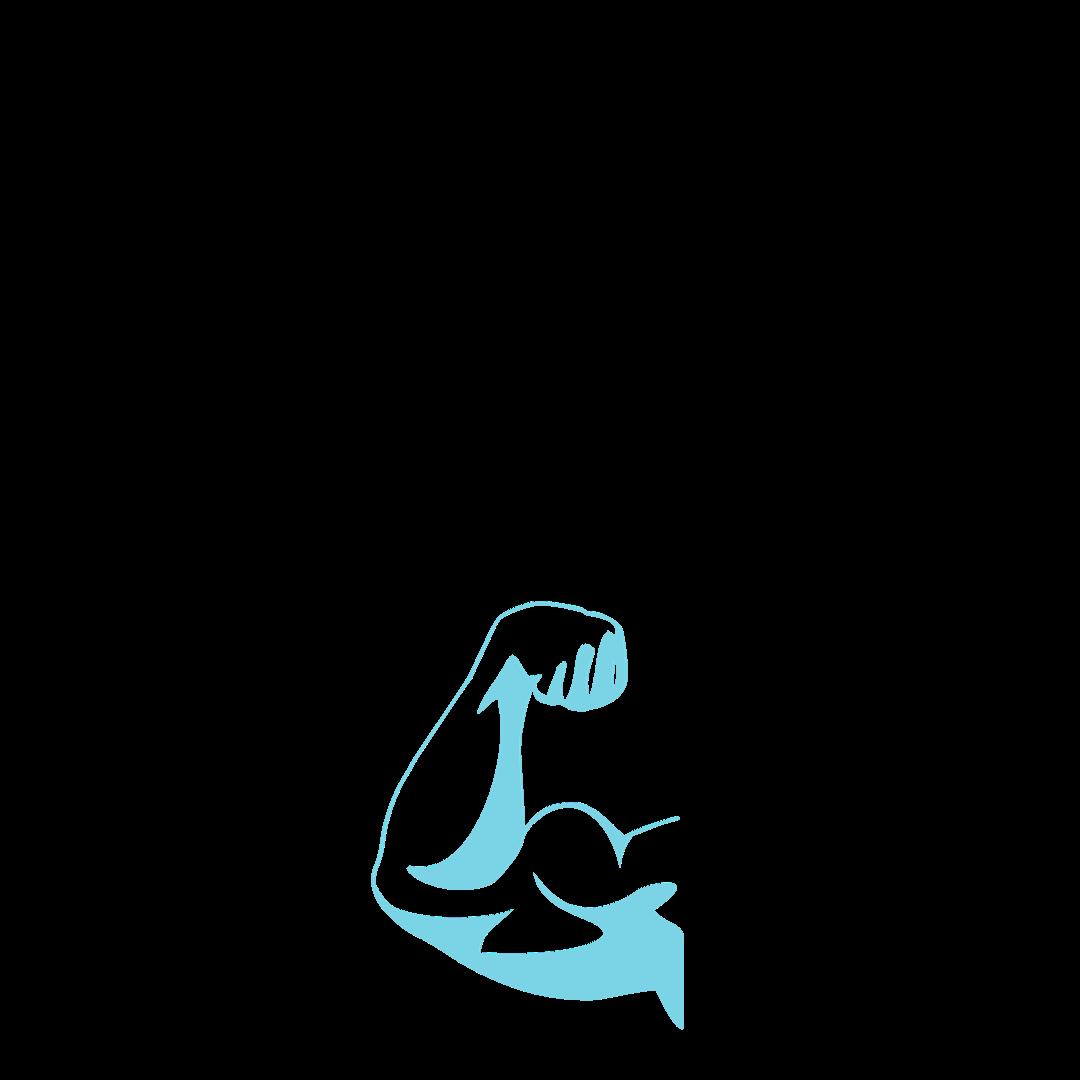
Protein is a MACRONUTRIENT . A macronutrient is a nutrient that the body needs in LARGE
Protein helps maintain fluid balance throughout the body.


